A look back at all of the match-ups between the Buccaneers and the Vikings.

Oct. 26 2014, L 13-19

Oct. 25 2012, W 36-17
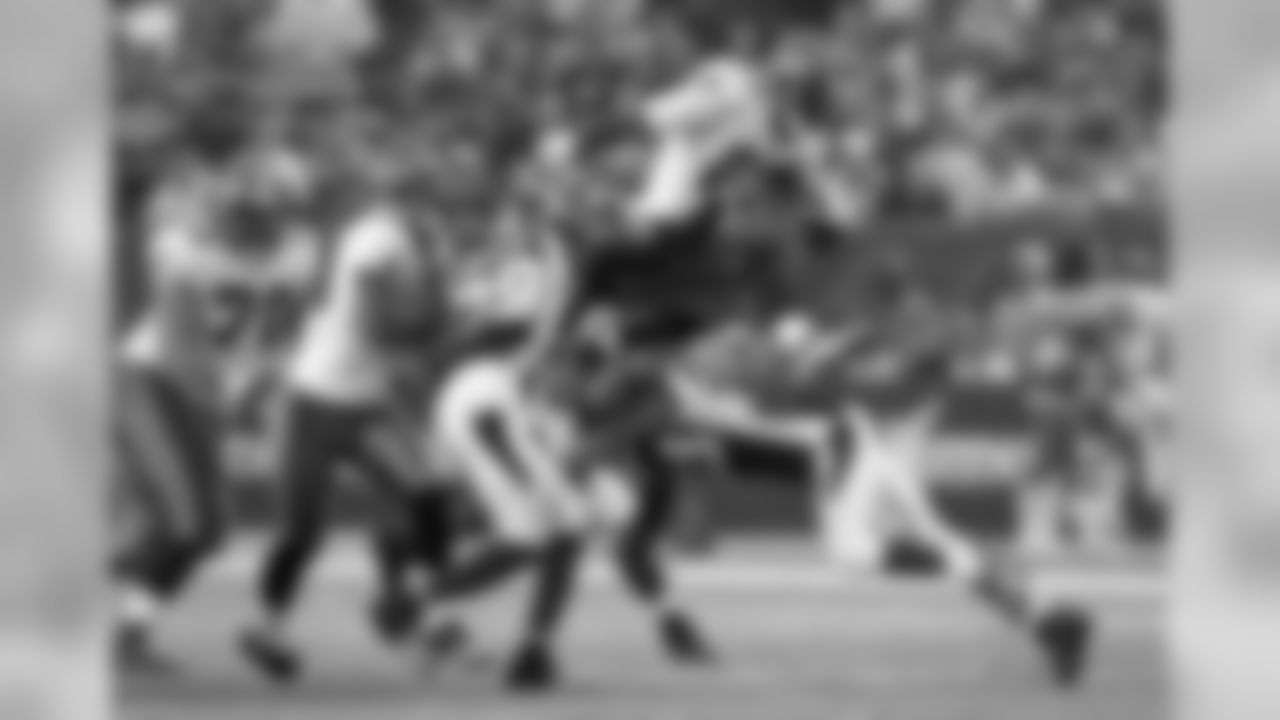
Sept. 18 2011, W 24-20

Nov. 16 2008, W 19-13
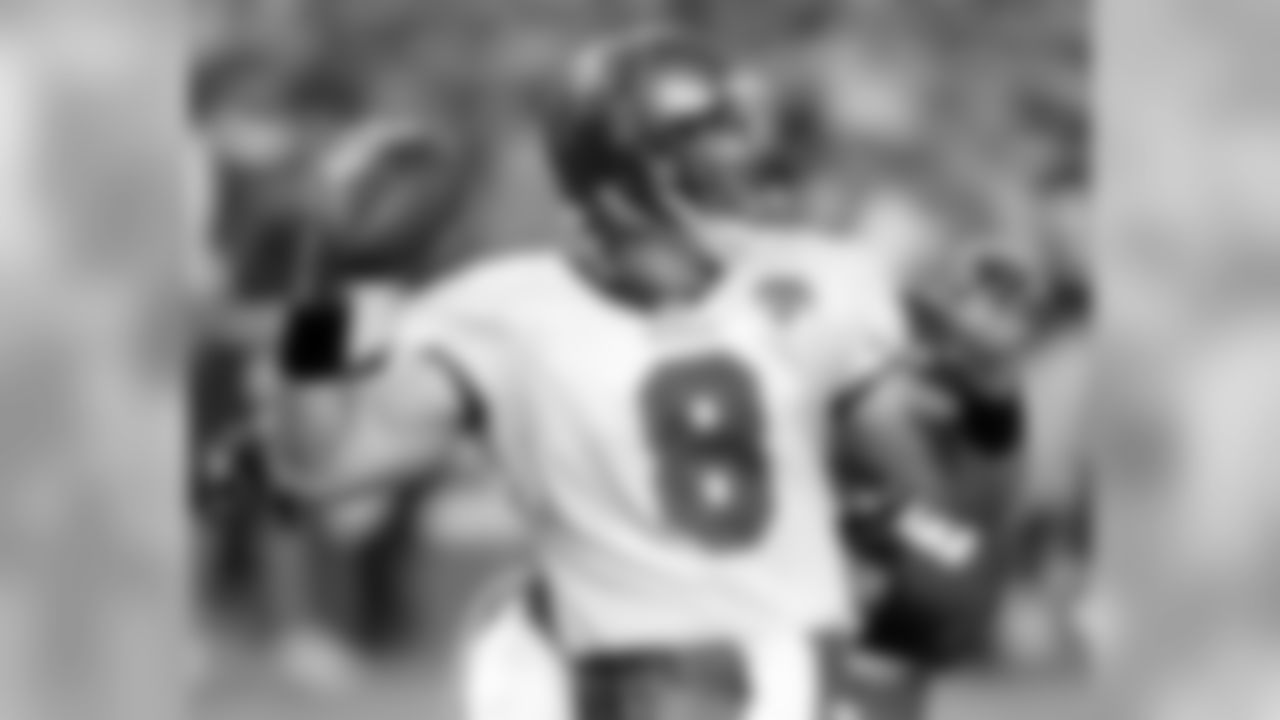
Sept. 11 2005, W 24-13

Nov. 3 2002, W 38-24
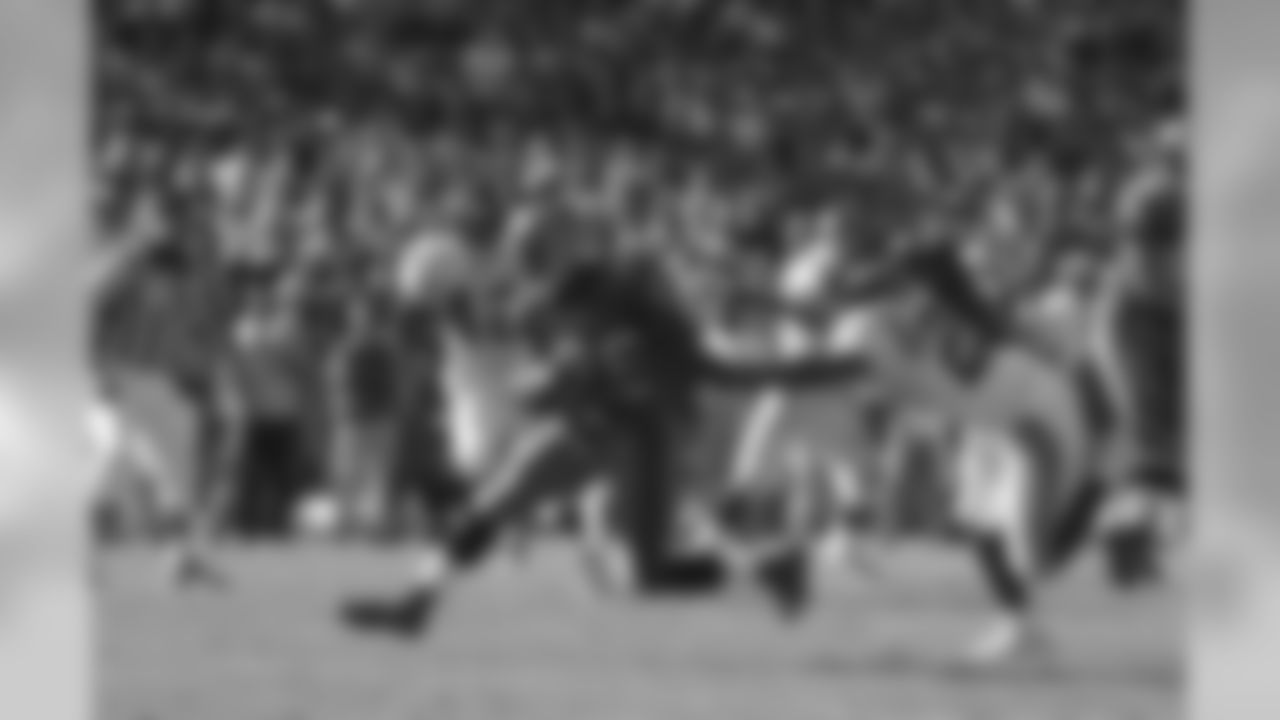
Oct. 28 2001, W 41-14

Oct. 29 2000, W 41-13

Dec. 6 1999, W 24-17

Nov. 1 1998, W 27-24
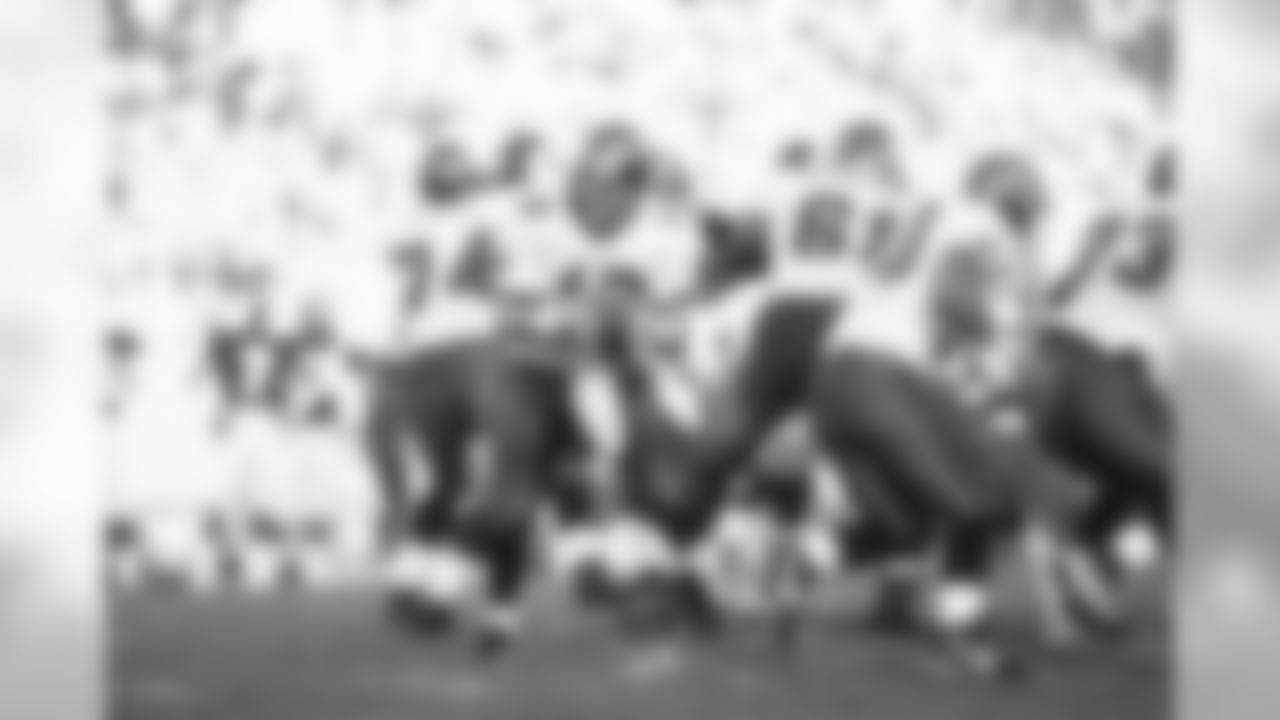
Oct. 26 1997, L 10-6

Oct. 13 1996, W 24-13

Oct. 15 1995, W 20-17

Oct. 30 1994, L 36-13

Nov. 21 1993, W 23-10
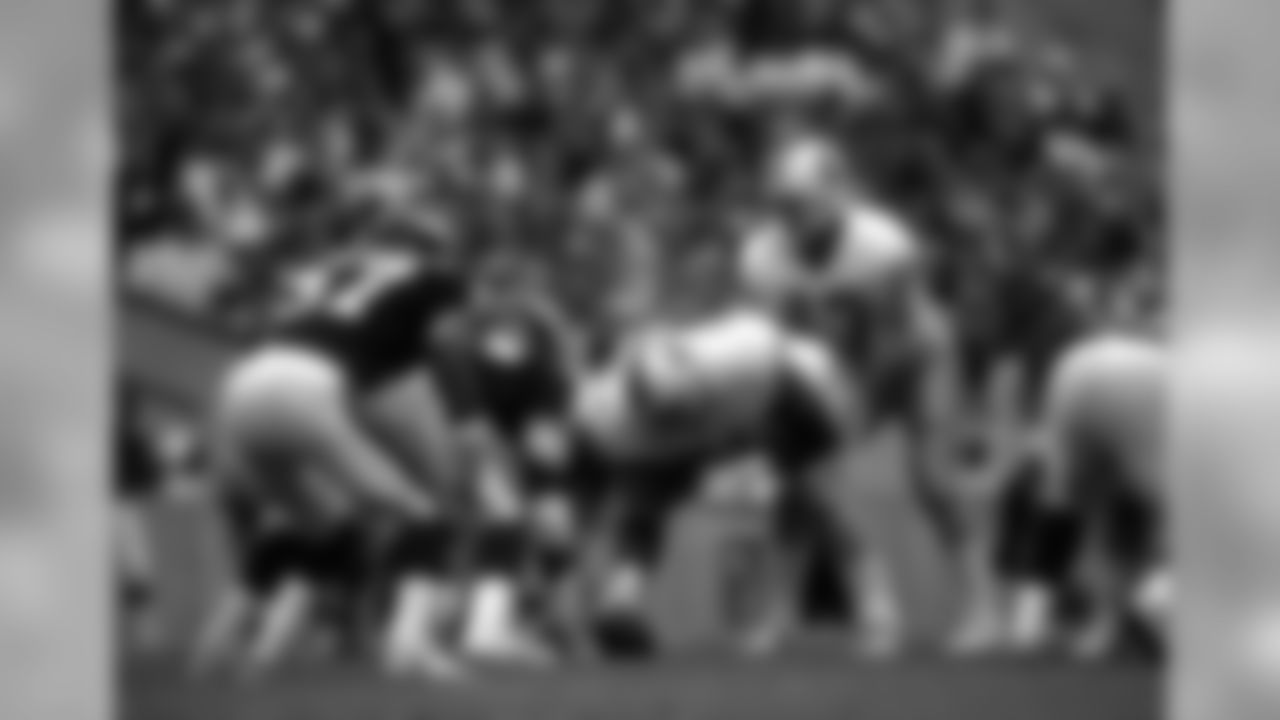
Nov. 8 1992, L 35-7

Dec. 8 1991, L 26-24

Dec. 16 1990, W 26-13

Nov. 12 1989, L 24-10

Oct. 23 1988, L 49-20
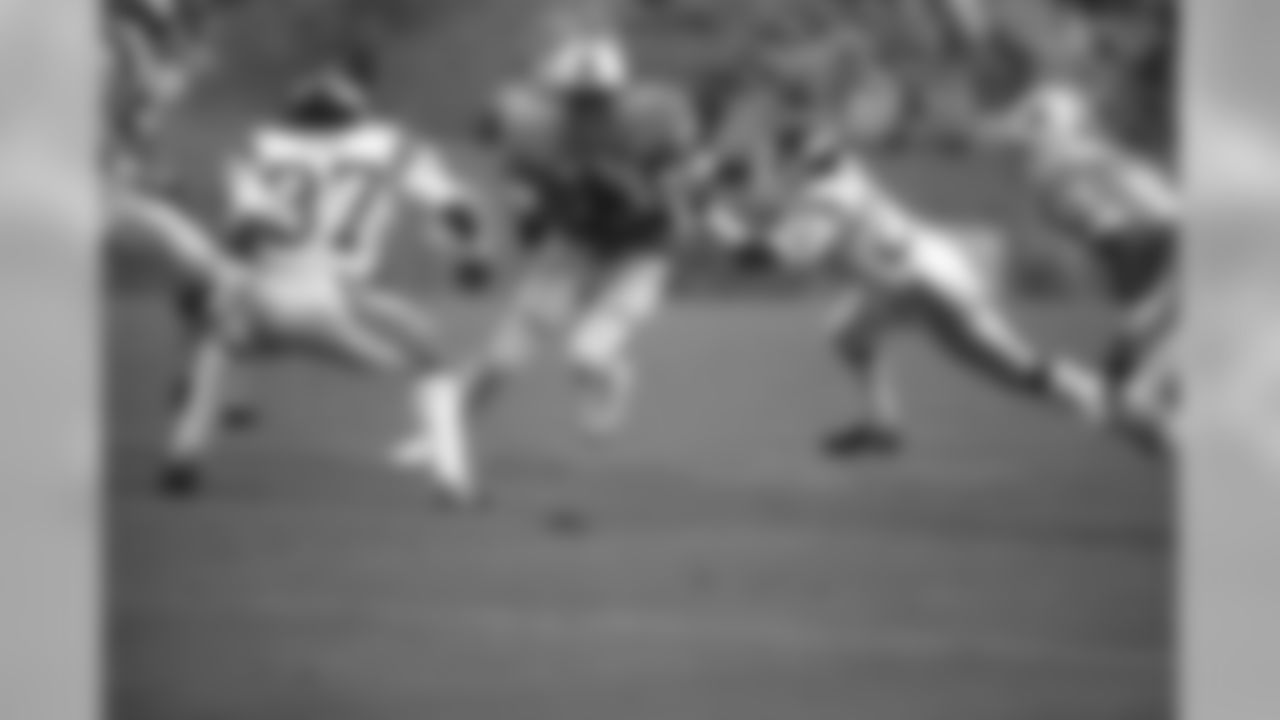
Oct. 18 1987, W 20-10

Nov. 30 1986, L 45-13

Sept. 14 1986, L 23-10

Sept. 15 1985, L 31-16

Oct. 7 1984, W 35-31

Nov. 6 1983, W 17-12
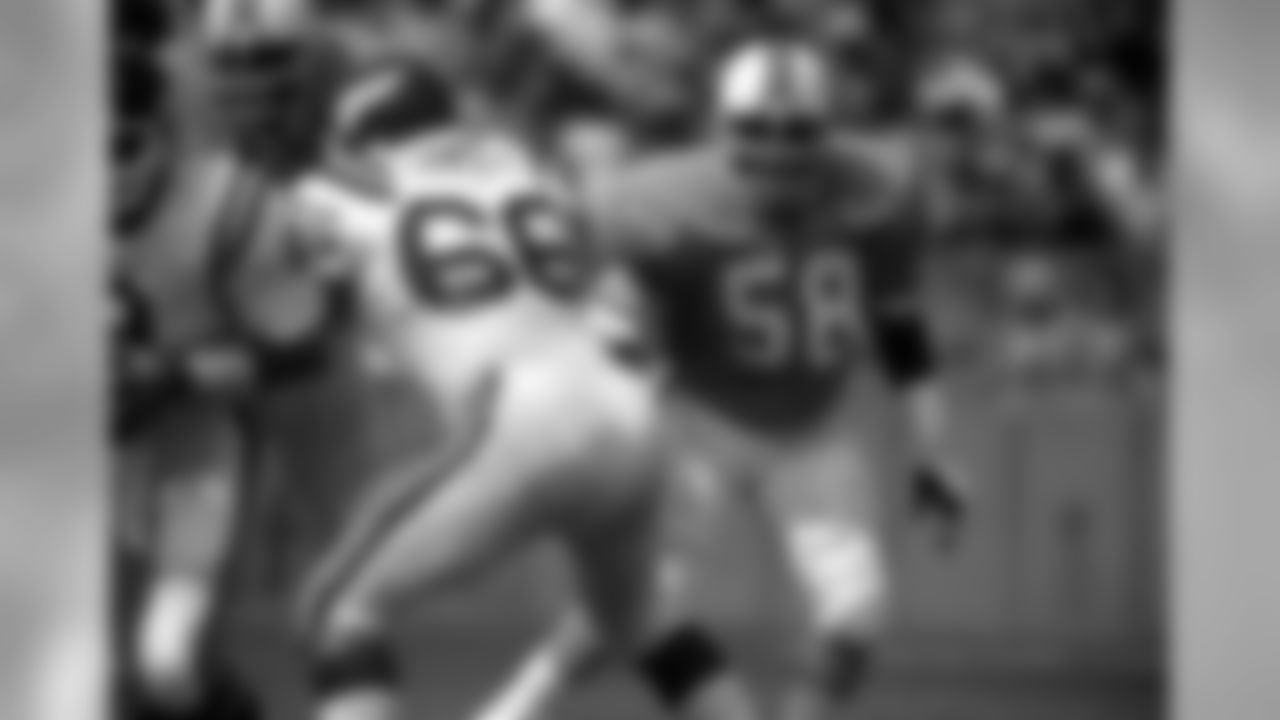
Sept. 18 1983, L 19-16

Sept. 12 1982, L 17-10

Nov. 8 1981, L 25-10

Sept. 5 1981, W 21-13

Dec. 7 1980, L 21-10

Nov. 25 1979, L 22-23

Oct. 1 1978, L 7-24
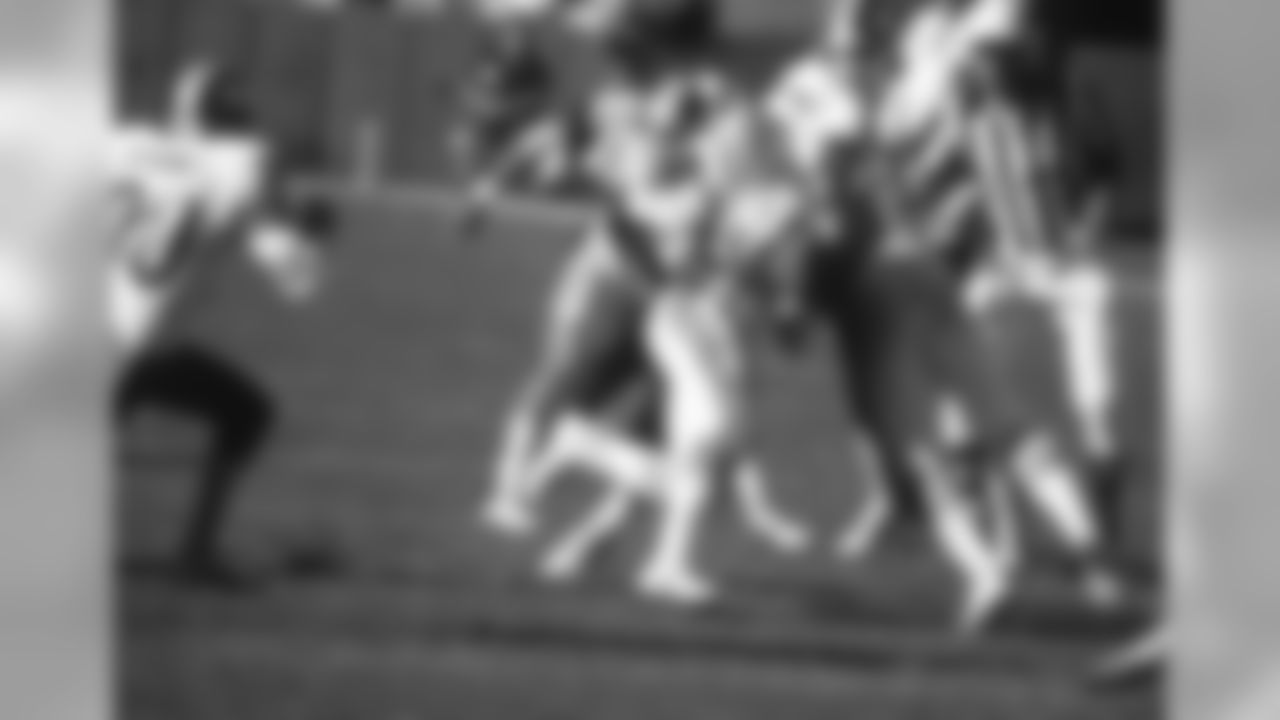
Sept. 24 1977, L 3-9 Not Pictured: Sept. 17 1978, W 16-10. Oct. 28 1979, W 12-10 Nov. 16 1980, L 38-30 Nov. 4 1984, L 27-24 Dec. 8 1985, L 26-7 Nov. 15 1987, L 23-17 Oct. 9 1988, L 14-13 Oct. 1 1989, L 17-3 Sept. 30 1990, W 23-20 Nov. 3 1991, L 28-13 Sept. 20 1992, L 26-20 Oct. 10 1993, L 15-0 Nov. 27 1994, W 20-17 Dec. 3 1995, L 31-17 Dec. 15 1996, L 10-21 Sept. 14 1997, W 28-14 Sept. 6 1998, L 31-7 Oct. 3 1999, L 21-14 Oct. 9 2000, L 30-23 Sept. 30 2001, L 20-16
On Sunday, the 1-0 Tampa Bay Buccaneers take on the 1-1 Minnesota Vikings at U.S. Bank Stadium in Minneapolis. It will be the 55th meeting between the two teams in a series that has swung dramatically since the Buccaneers left the NFC Central (now the NFC North) in 2002 to join the new NFC South division (more on the Bucs-Vikings series history here). After seeing their expected 2017 opener in Miami blown 10 weeks down the schedule by Hurricane Irma, the Buccaneers will be seeking their first road win of the season.
The season is only two weeks old but Minnesota has already established a big-play tendency on offense and a strong run defense. For the Bucs to win their second game in a row, they will need to contain ever-improving wide receiver Adam Thielen and put the brakes on rookie running back Dalvin Cook. Tampa Bay's offense will have its hands full with Pro Bowl defensive end Everson Griffen, who has all three of Minnesota's sacks so far. Here's a closer look at the challenges the Buccaneers will face on Sunday when they head up to Vikings country.
HEAD COACH: The Vikings ended what had seemed like a surprisingly long wait for Mike Zimmer when they gave him his first NFL head coaching job in 2014. Minnesota had won six or fewer games in three of the previous four years, but they were back in the playoffs by 2015 after winning 11 games and briefly breaking Green Bay's stranglehold on the division title. In three seasons and two games, Zimmer has led the Vikings to a 27-23 record, though a playoff win remains elusive. After that division title in 2015, the Vikings started out 5-0 in 2016 but then won just three games the rest of the way.
Prior to getting the call from the Vikings, Zimmer had spent the previous six seasons building a very strong reputation as both a talented football mind and a good motivator of players as the Cincinnati Bengals' defensive coordinator from 2008-13. The Vikings' defense has predictably been a strength since he arrived, ranking in the top 11 in points allowed in each of his first three seasons. Last year, Minnesota gave up the sixth-fewest points and third-fewest yards in the NFL.
Before he joined the Bengals in 2008 and subsequently helped turn around a franchise that had enjoyed just one winning season in the previous 18 years, Zimmer had spent one year with the Falcons (2007) and seven with the Dallas Cowboys (2000-06) in the same DC capacity. He also spent six years with the Cowboys as their defensive backs coach (1994-99), and over his first 20 seasons in the NFL he was a part of 11 playoff teams, including seven that won division titles.
The Vikings employ a 4-3 base defense under Zimmer and Defensive Coordinator George Edwards, who followed Zimmer to Minnesota in 2014, but Zimmer has coached very successful units in both the 4-3 and the 3-4. He was the helm of the Cowboys' #1-ranked defense in 2003, and his arrival in Cincinnati changed the Bengals' fortunes tremendously. After appearing in the top 10 of the defensive rankings just once in the previous 18 seasons, they did so in four of Zimmer's six years, reaching as high as #3 in 2013. His defenses generally know how to get to the quarterback; the Bengals were third in sacks over the 2011-13 seasons combined and his Vikings rank fifth in that category since he arrived, with 128 QB takedowns since 2014.
The Vikings started the 2017 with an impressive win over New Orleans but fell to Pittsburgh last weekend when starting quarterback Sam Bradford was unable to play due to a knee injury. The Vikings have also been without promising young passer Teddy Bridgewater since he suffered a devastating knee injury just before the start of last season. But the Vikings have a leader who knows how to fight through adversity. Zimmer was voted as the Halas Award winner by the PFWA in 2009 after he helped lead the Bengals to the NFC North title despite the tragic passing of his wife of 27 years, Vikki Zimmer, in October of that season.
**
A look at the Vikings' projected starters, according to the team's website.

QB Sam Bradford

QB Sam Bradford

QB Sam Bradford

RB Dalvin Cook
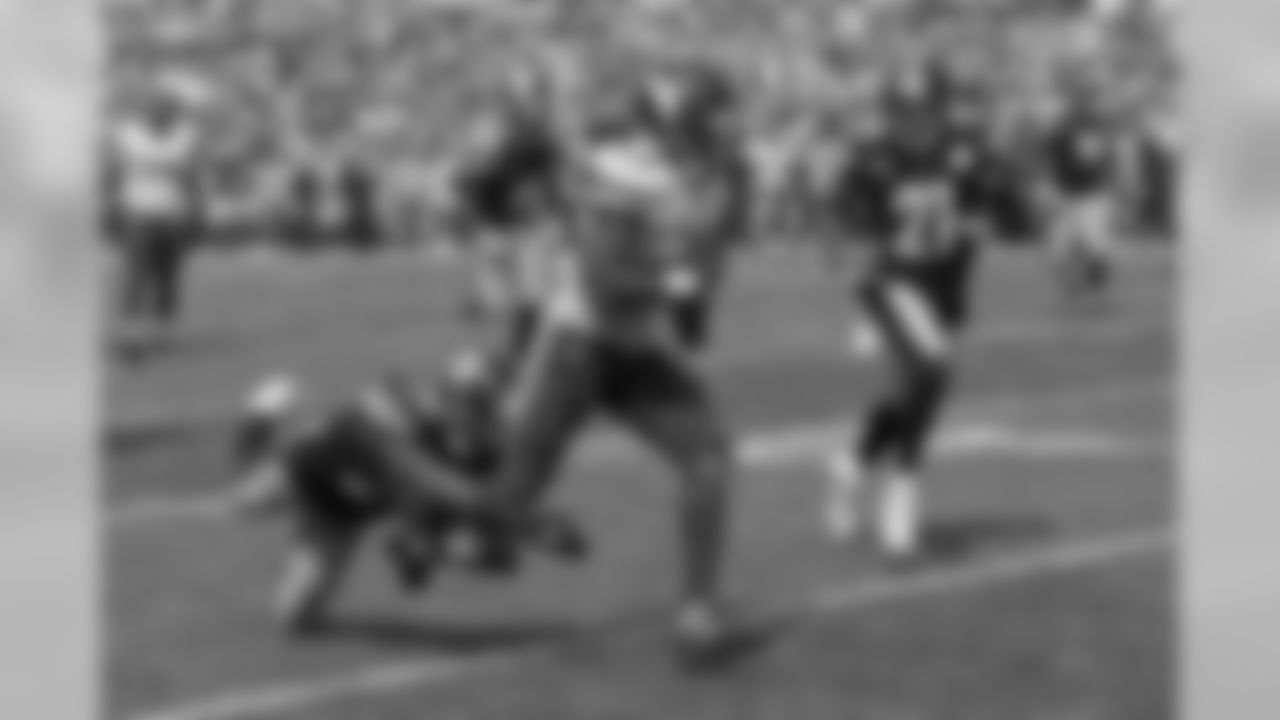
RB Dalvin Cook
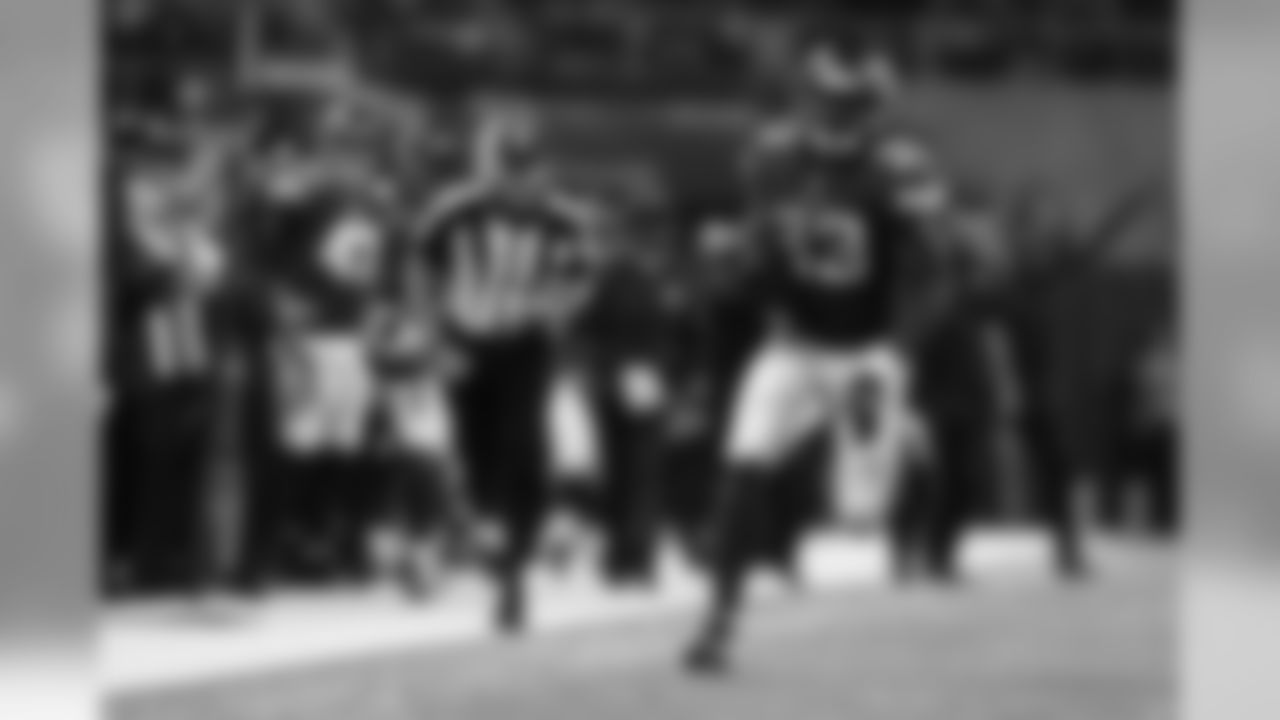
RB Dalvin Cook

FB C.J. Ham
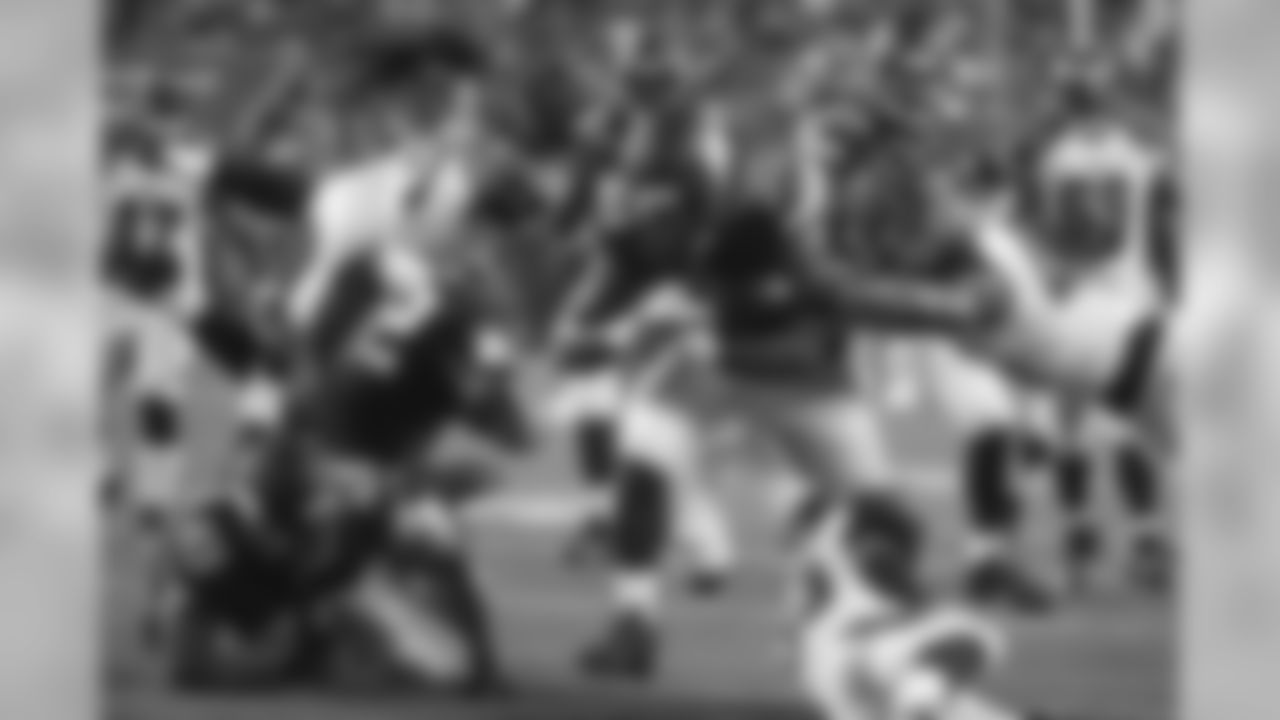
FB C.J. Ham
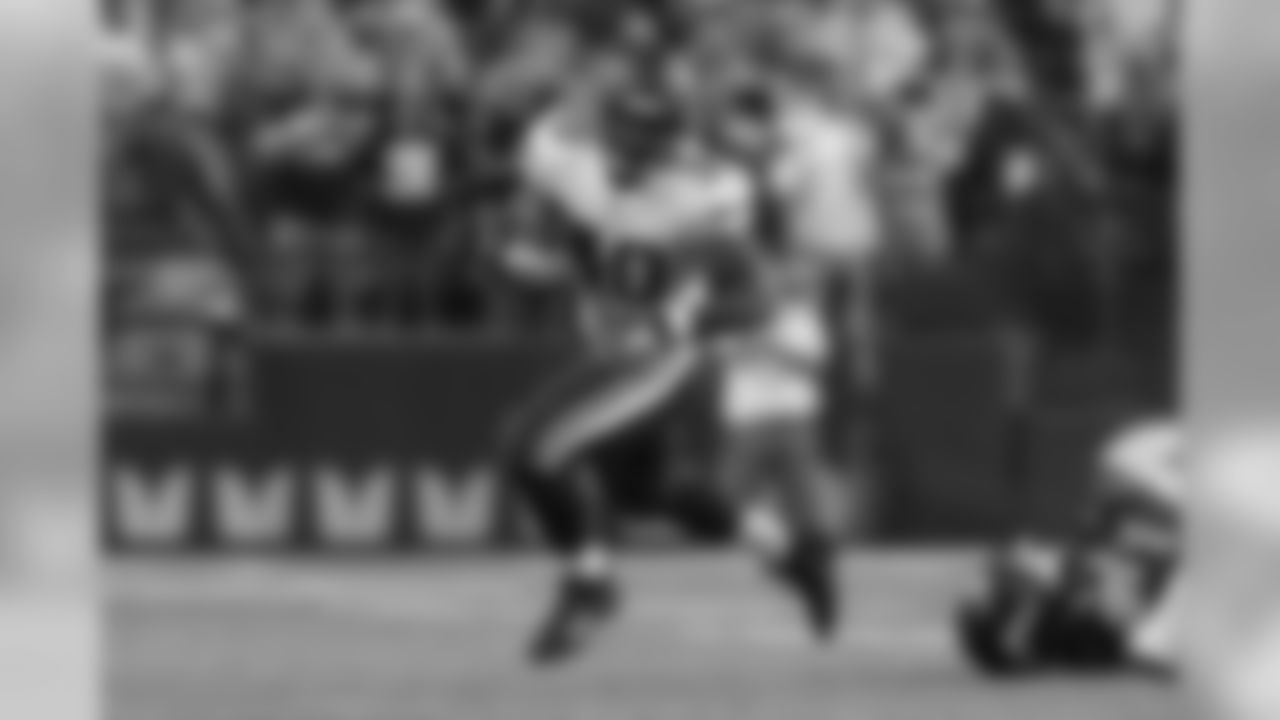
FB C.J. Ham

WR Adam Thielen
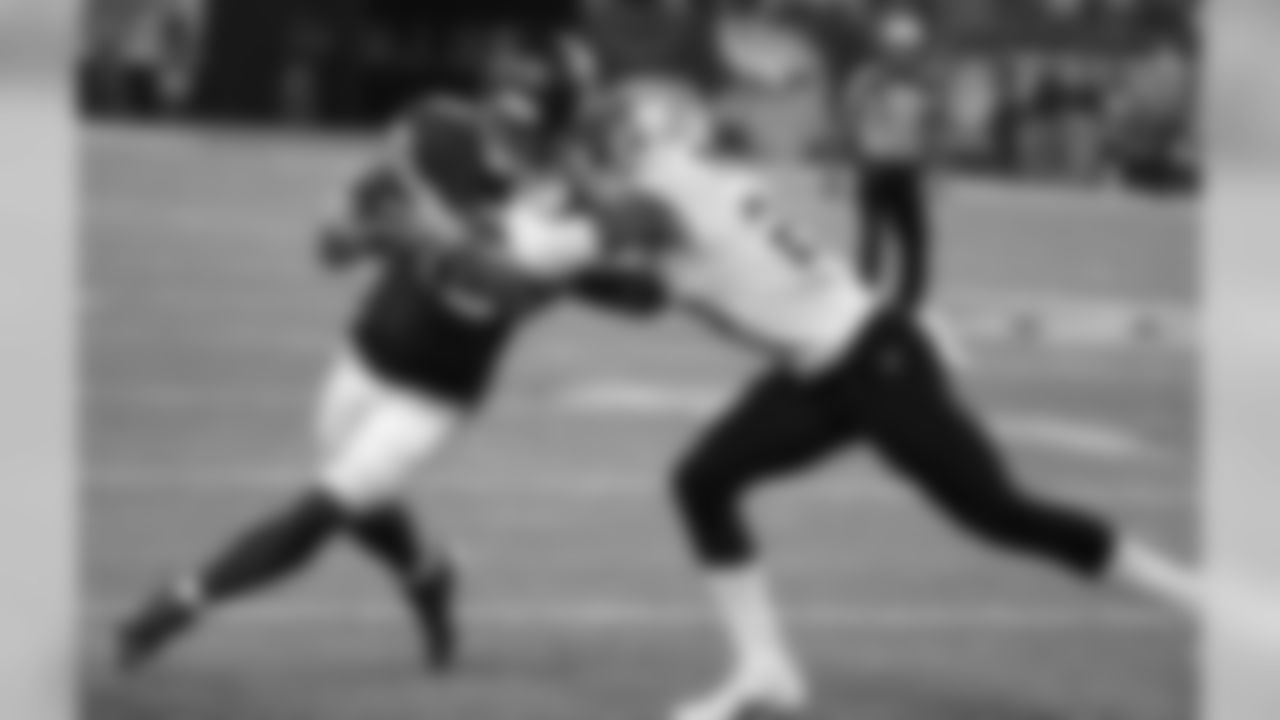
WR Adam Thielen
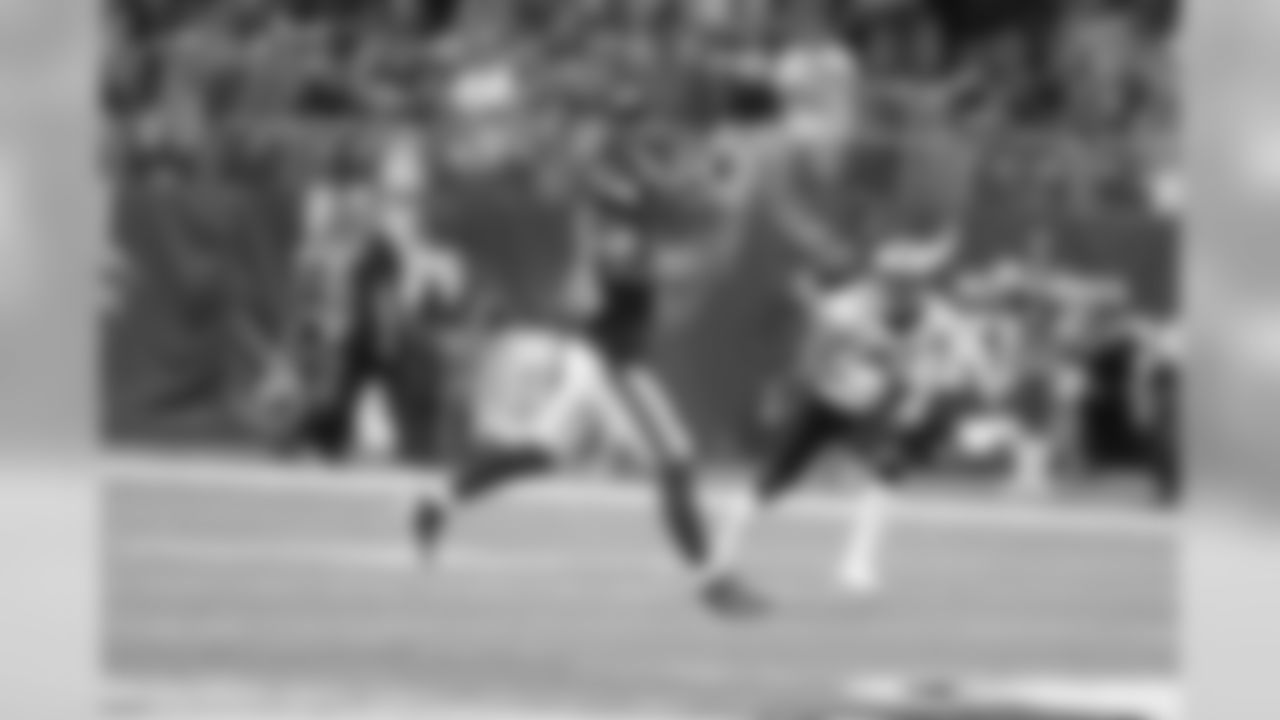
WR Adam Thielen
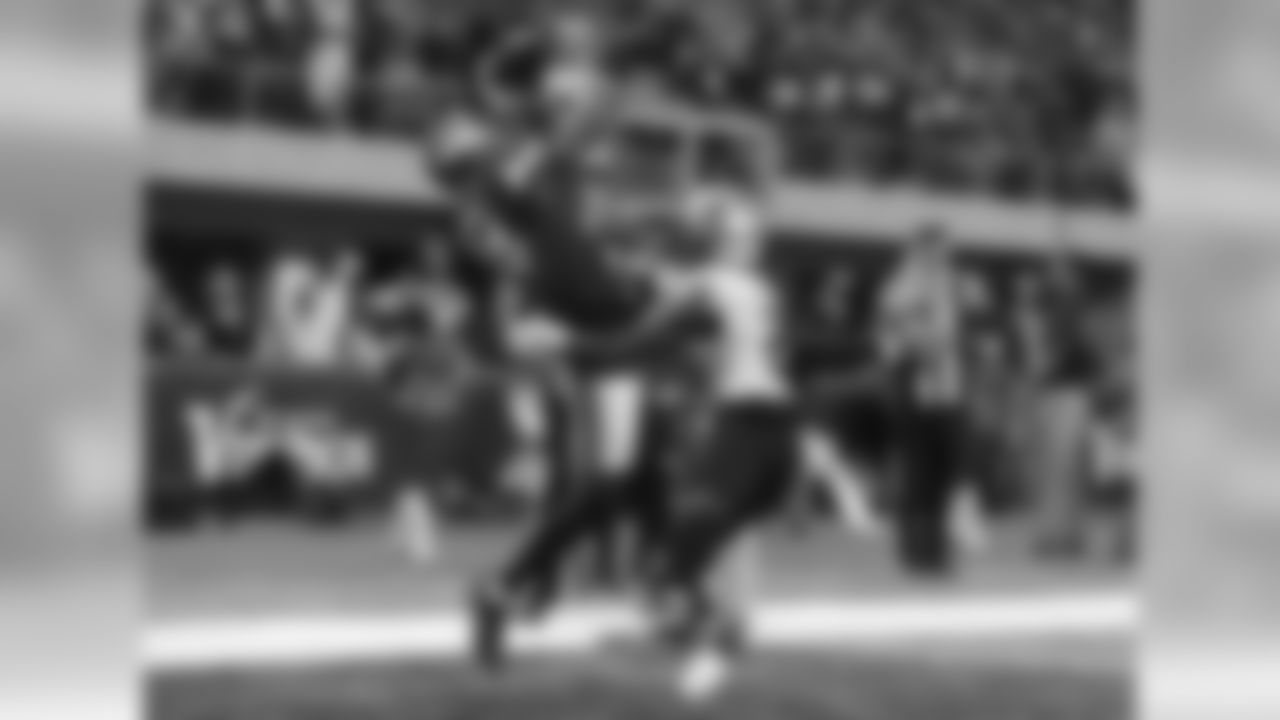
WR Stefon Diggs

WR Stefon Diggs

WR Stefon Diggs

TE Kyle Rudolph

TE Kyle Rudolph

TE Kyle Rudolph
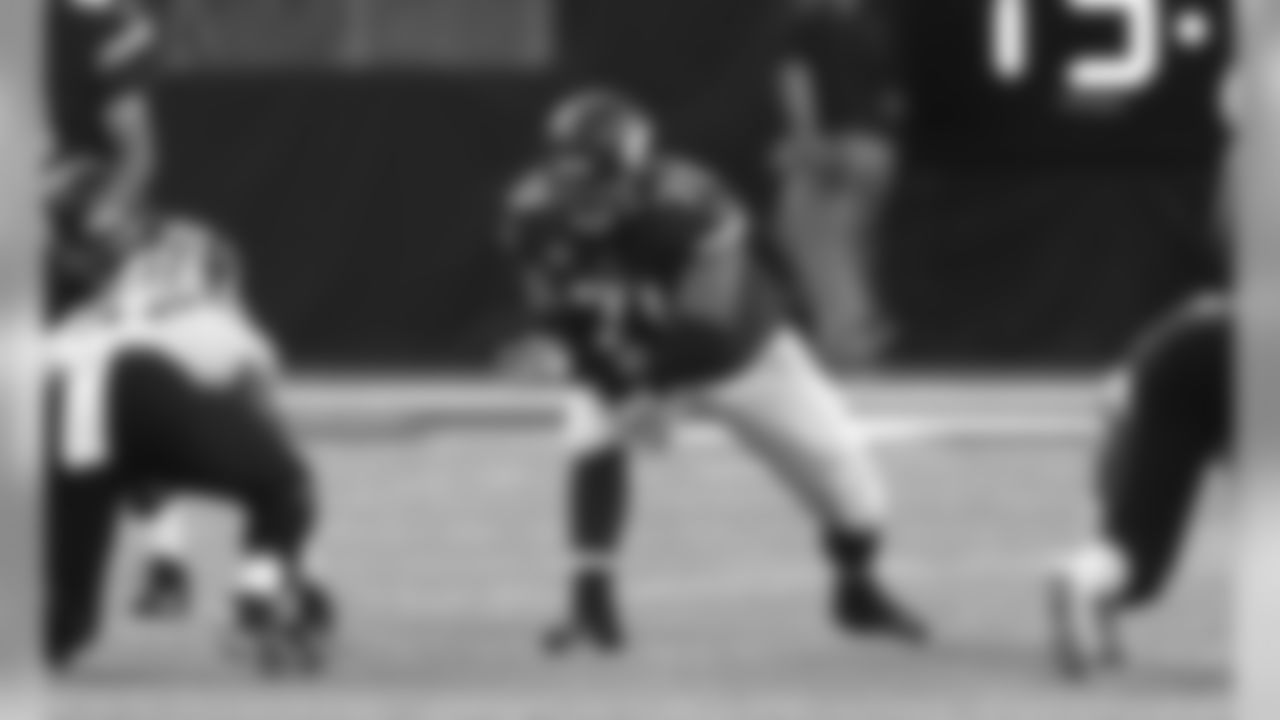
LT Riley Reiff
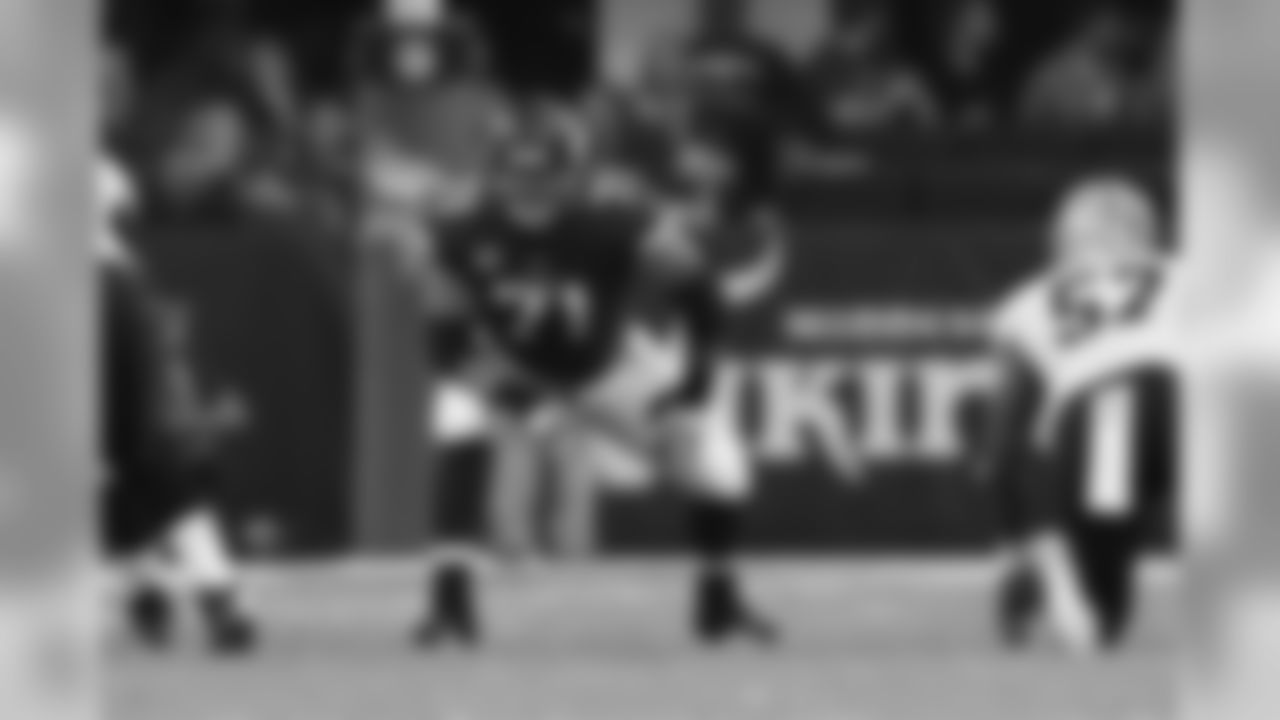
LT Riley Reiff

LT Riley Reiff
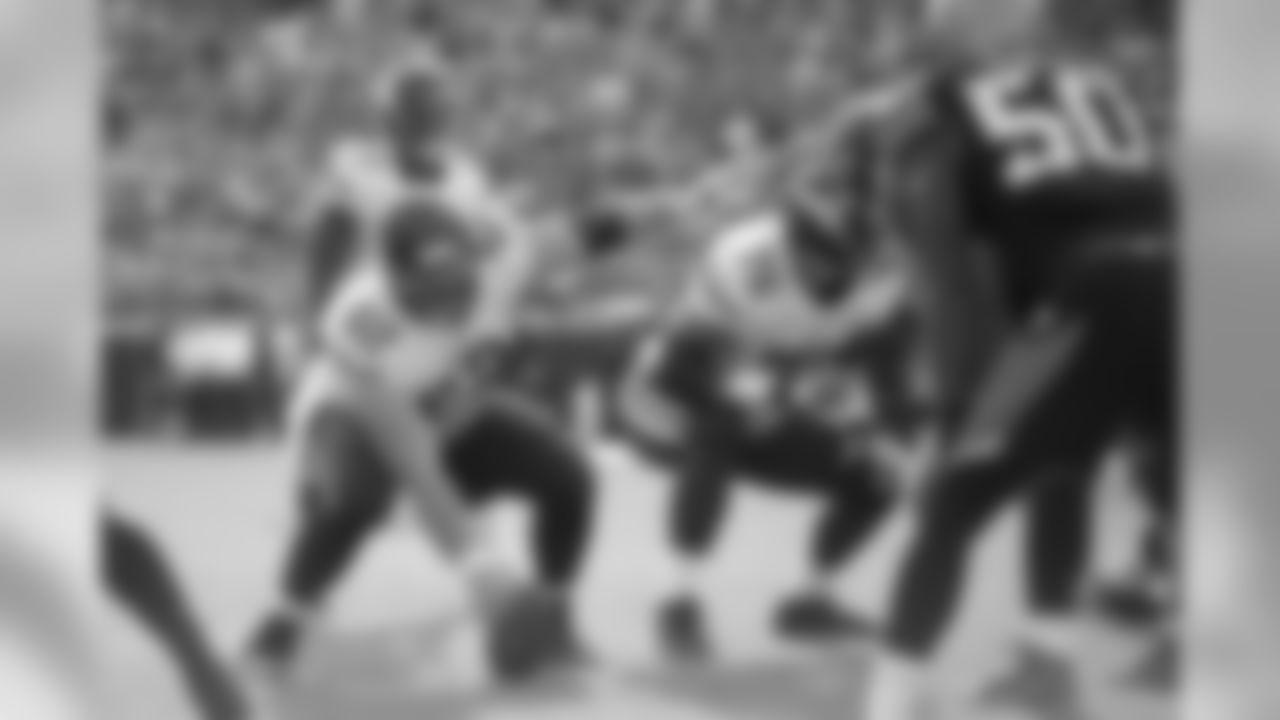
LG Nick Easton

LG Nick Easton
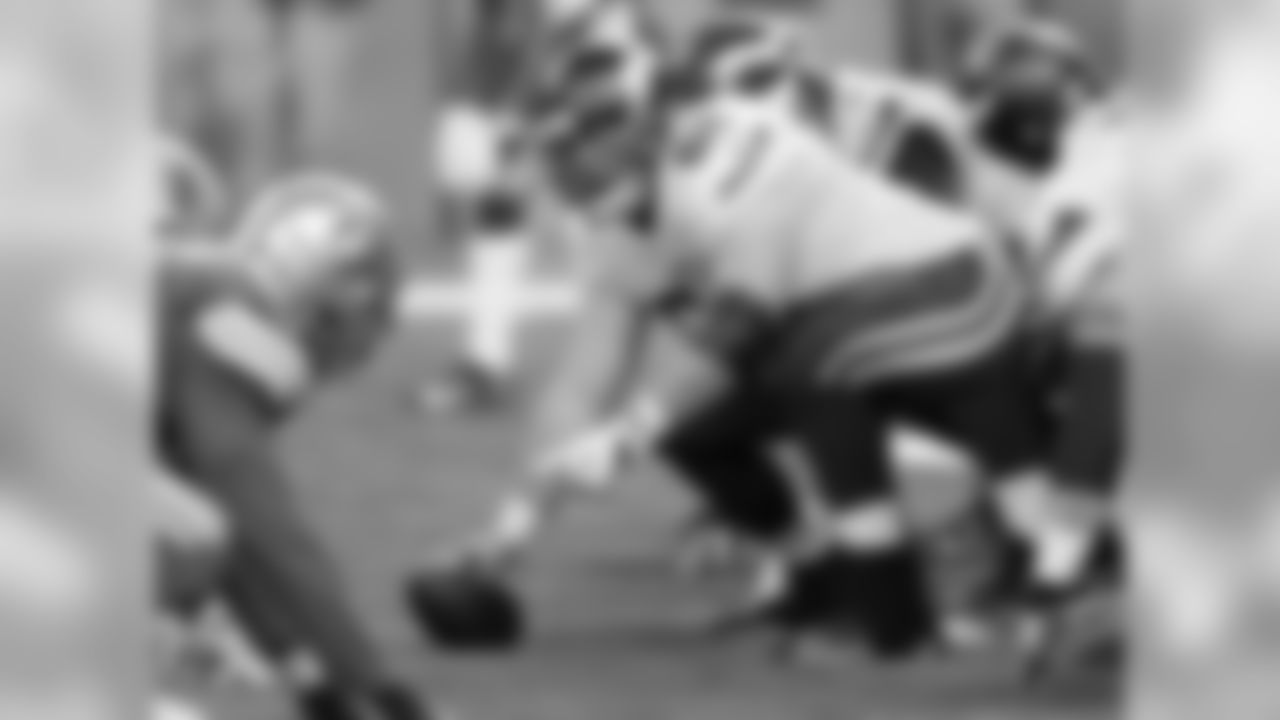
LG Nick Easton

C Pat Elflein
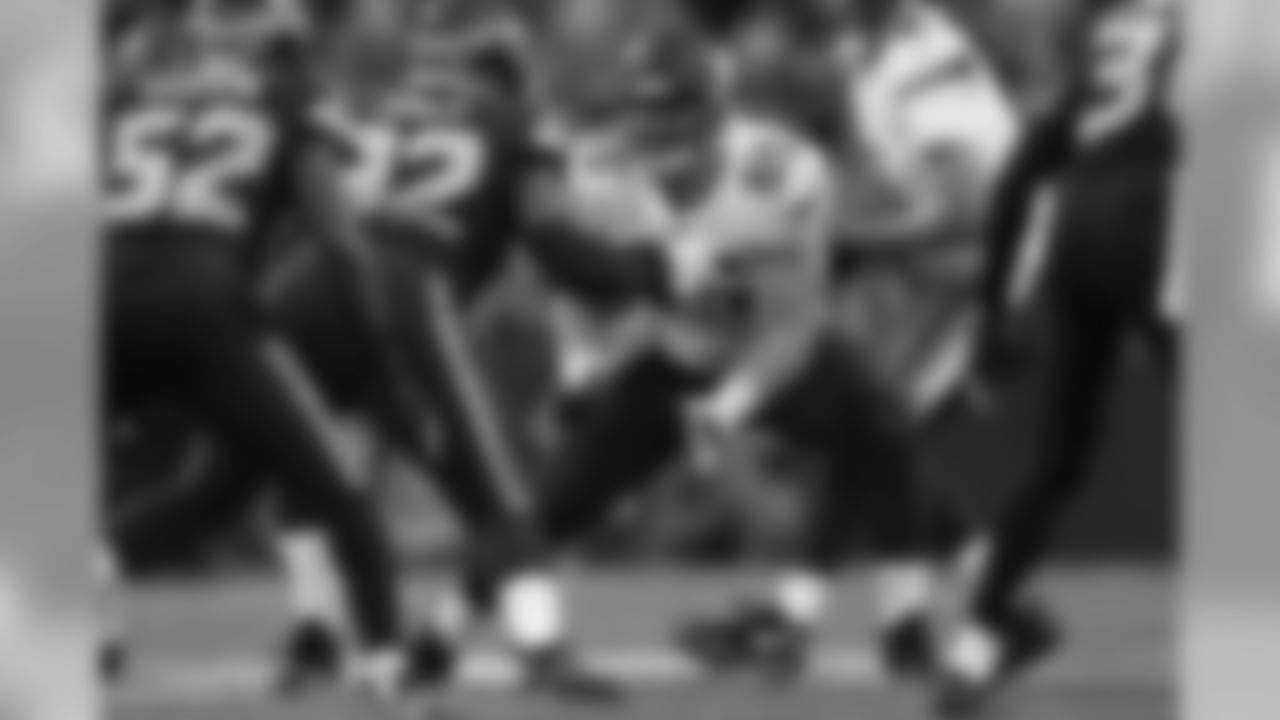
C Pat Elflein
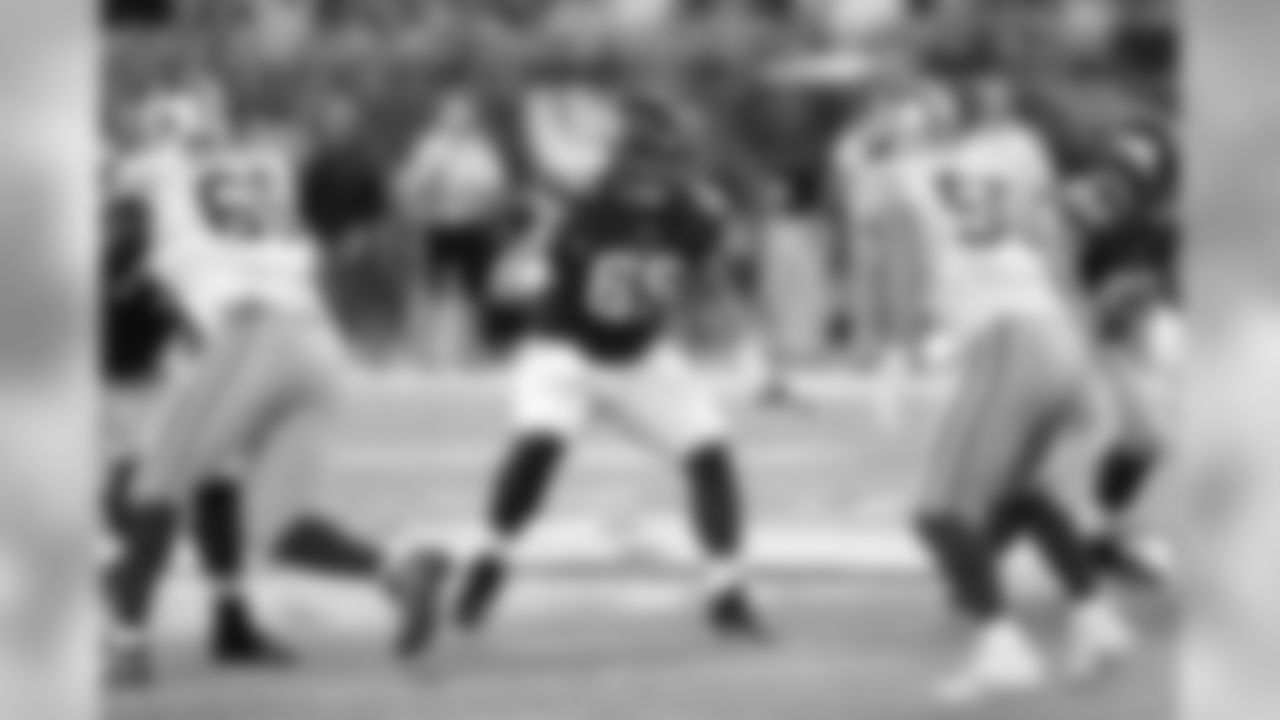
C Pat Elflein

RG Joe Berger

RG Joe Berger
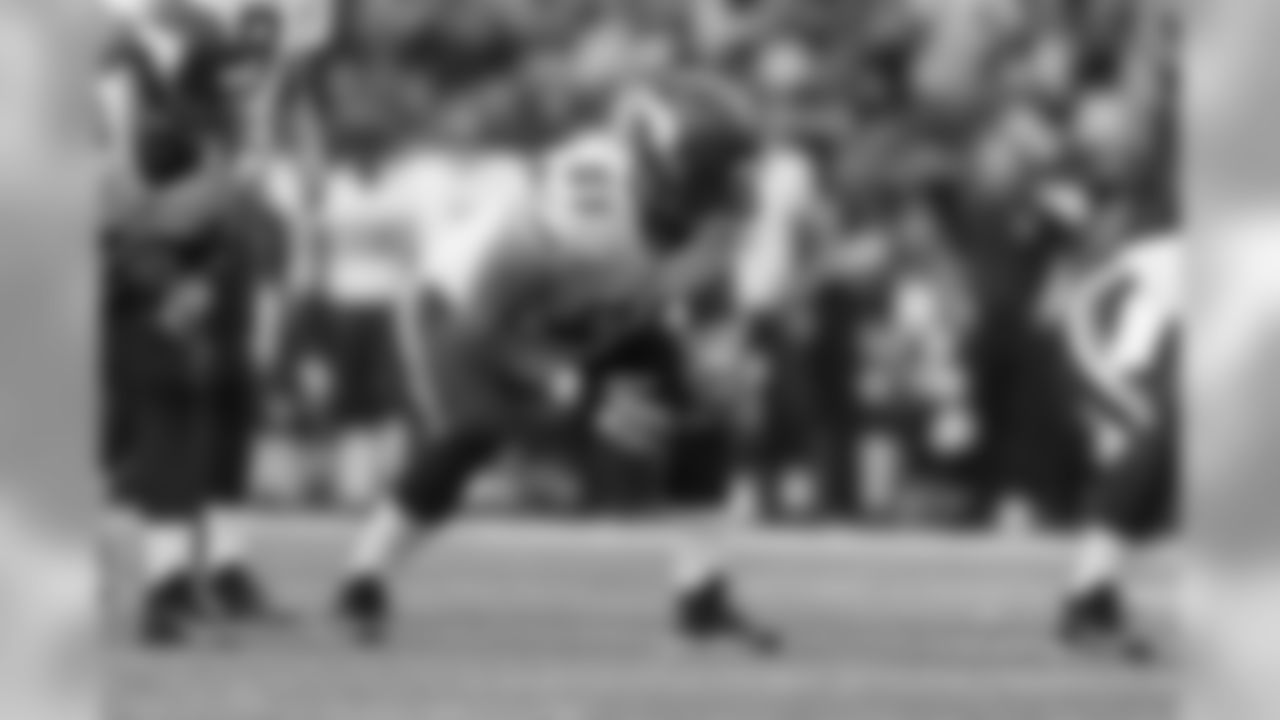
RG Joe Berger
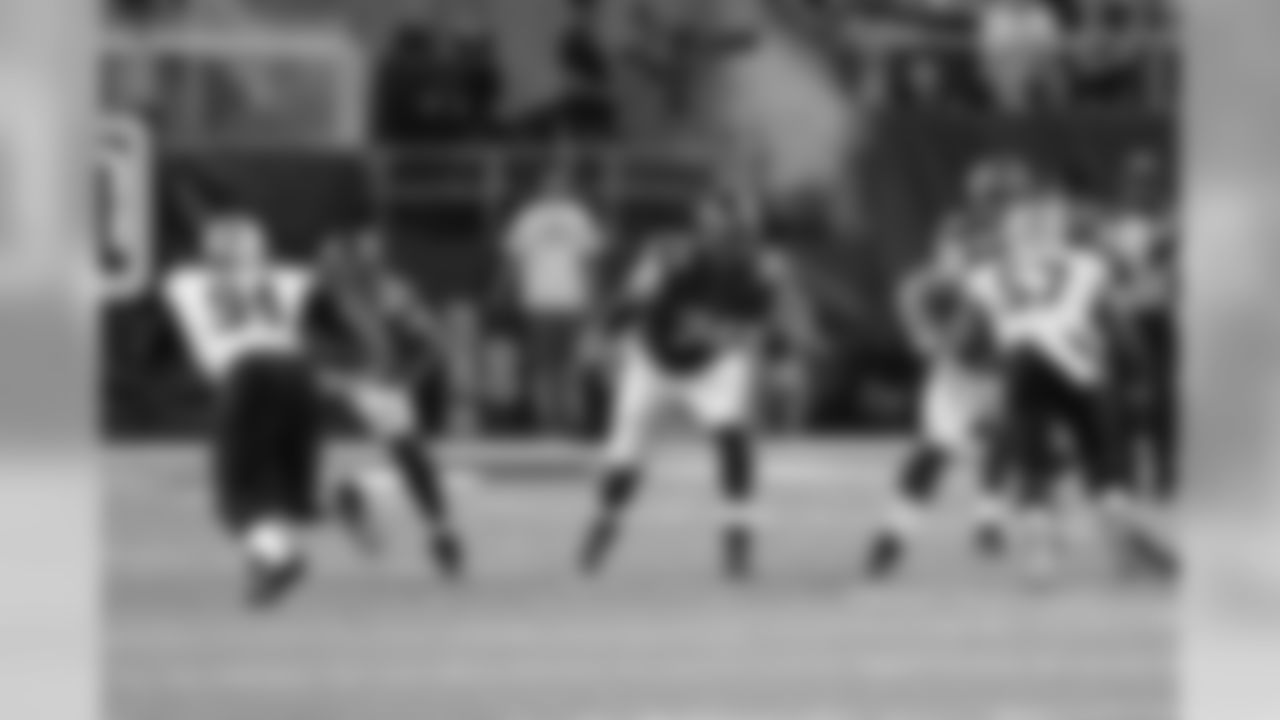
RT Mike Remmers
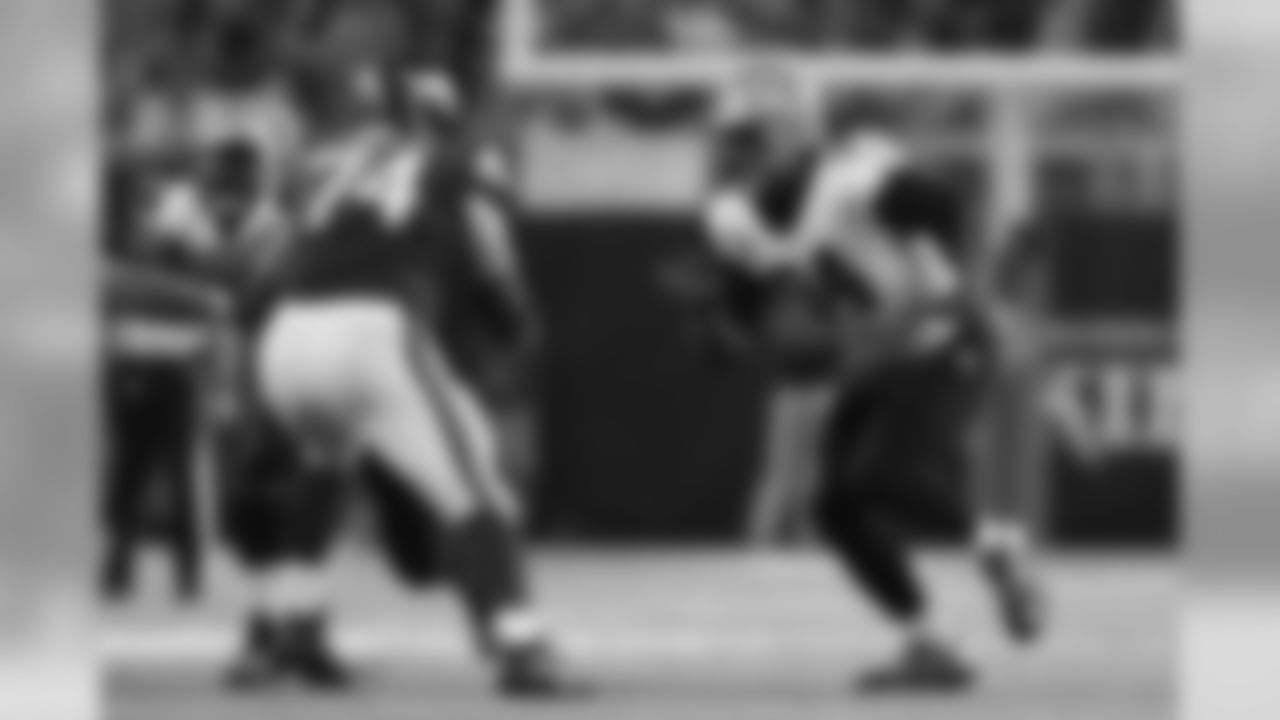
RT Mike Remmers
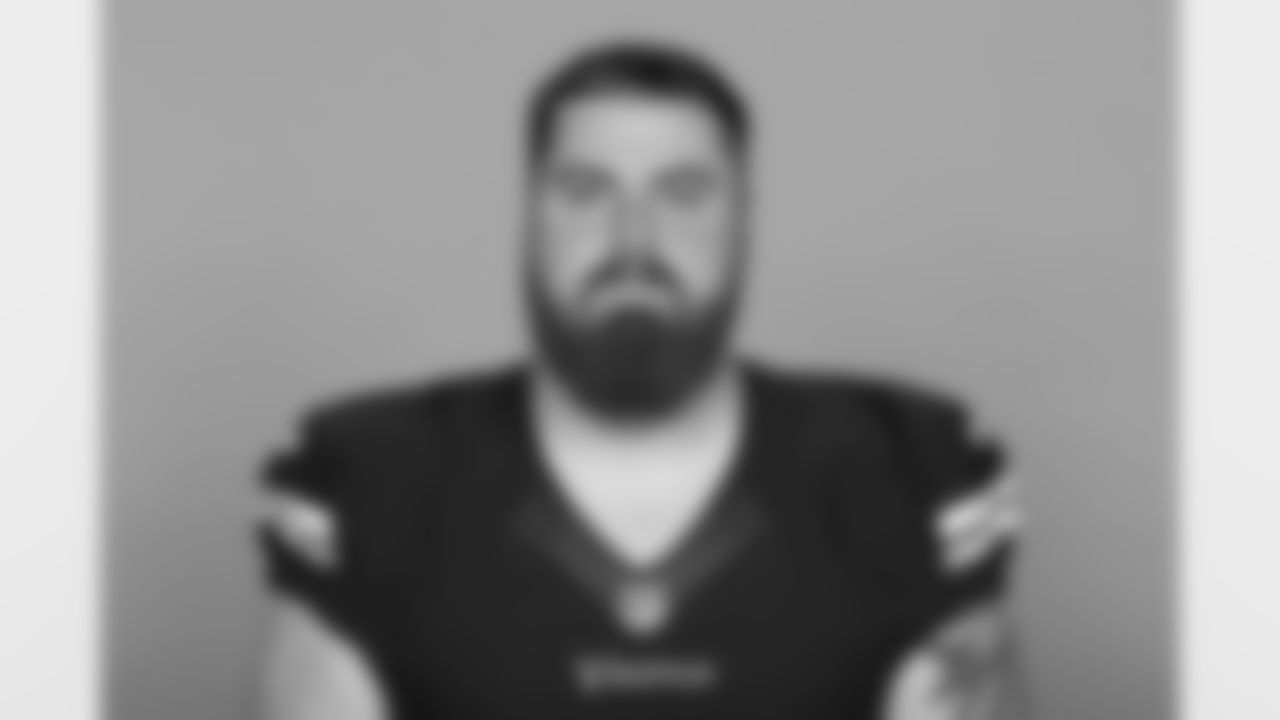
RT Mike Remmers

LDE Danielle Hunter
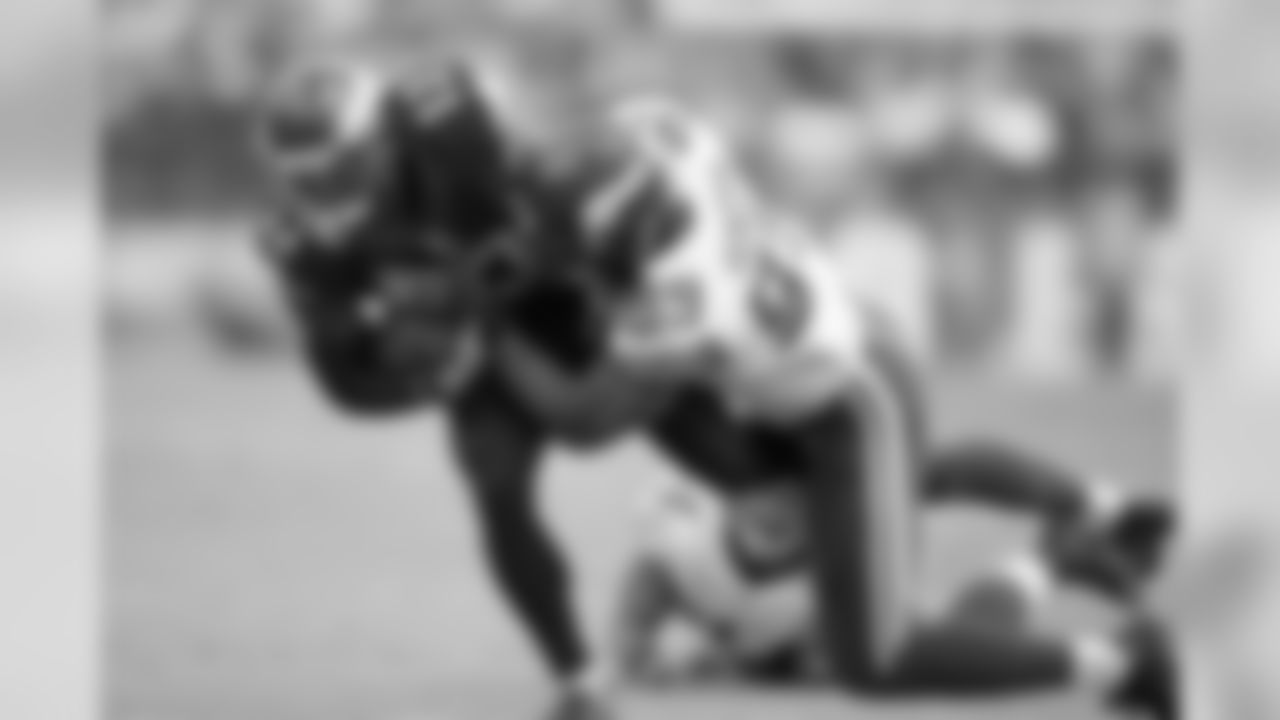
LDE Danielle Hunter
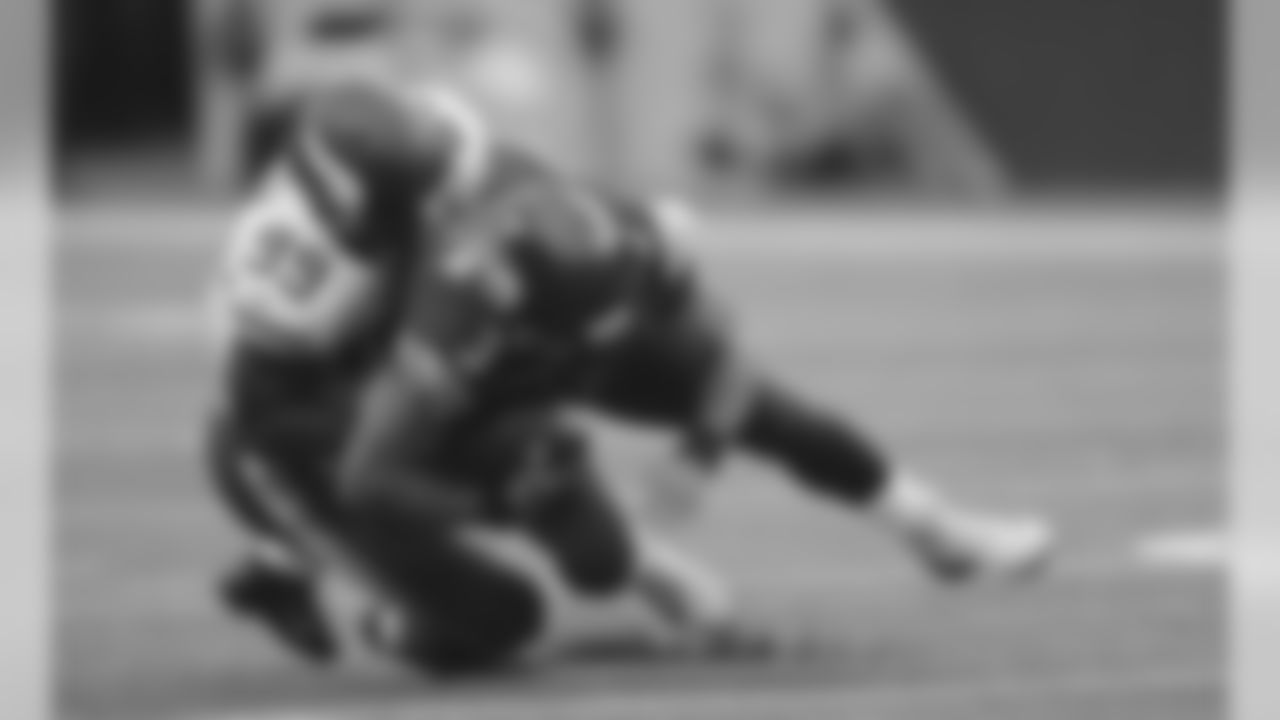
LDE Danielle Hunter
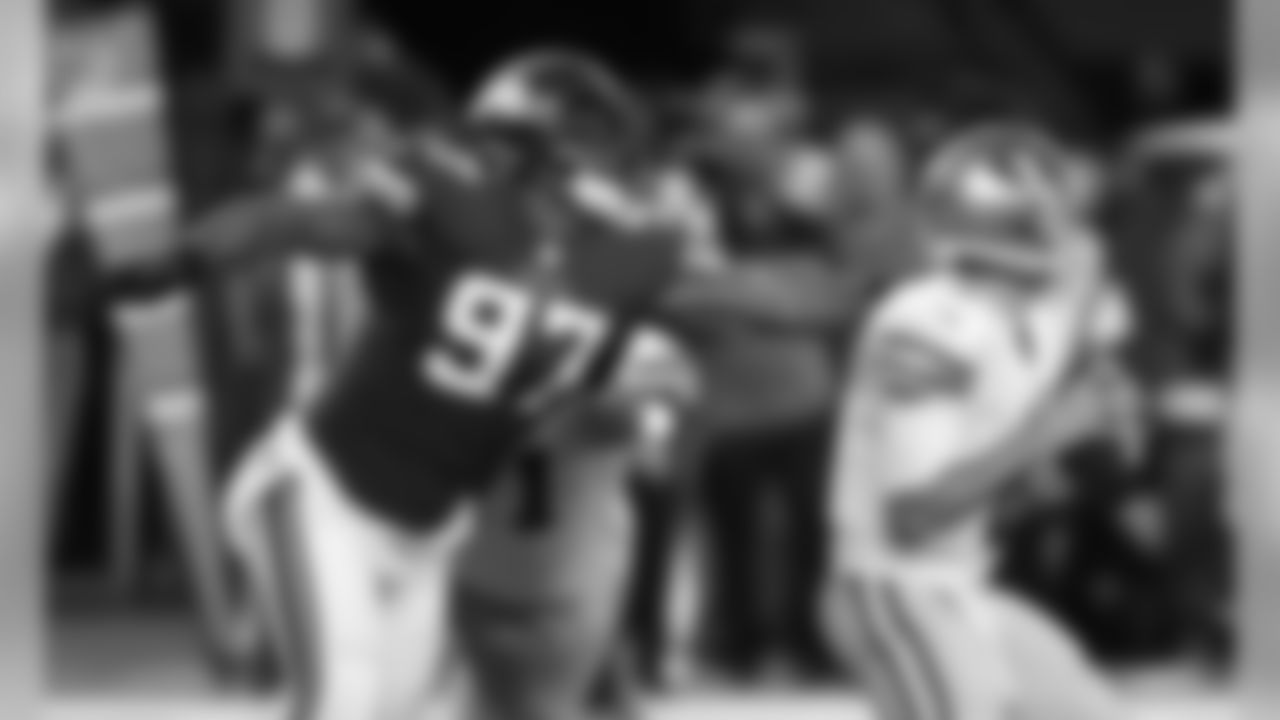
RDE Everson Griffen
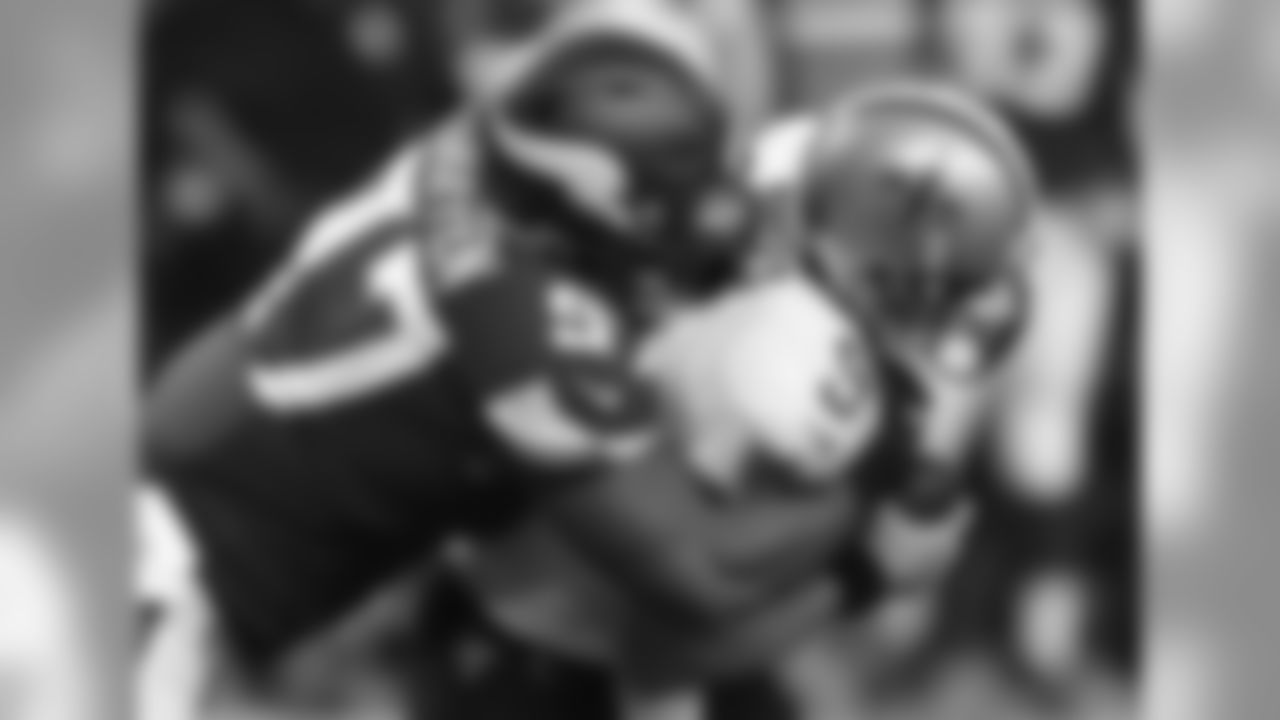
RDE Everson Griffen
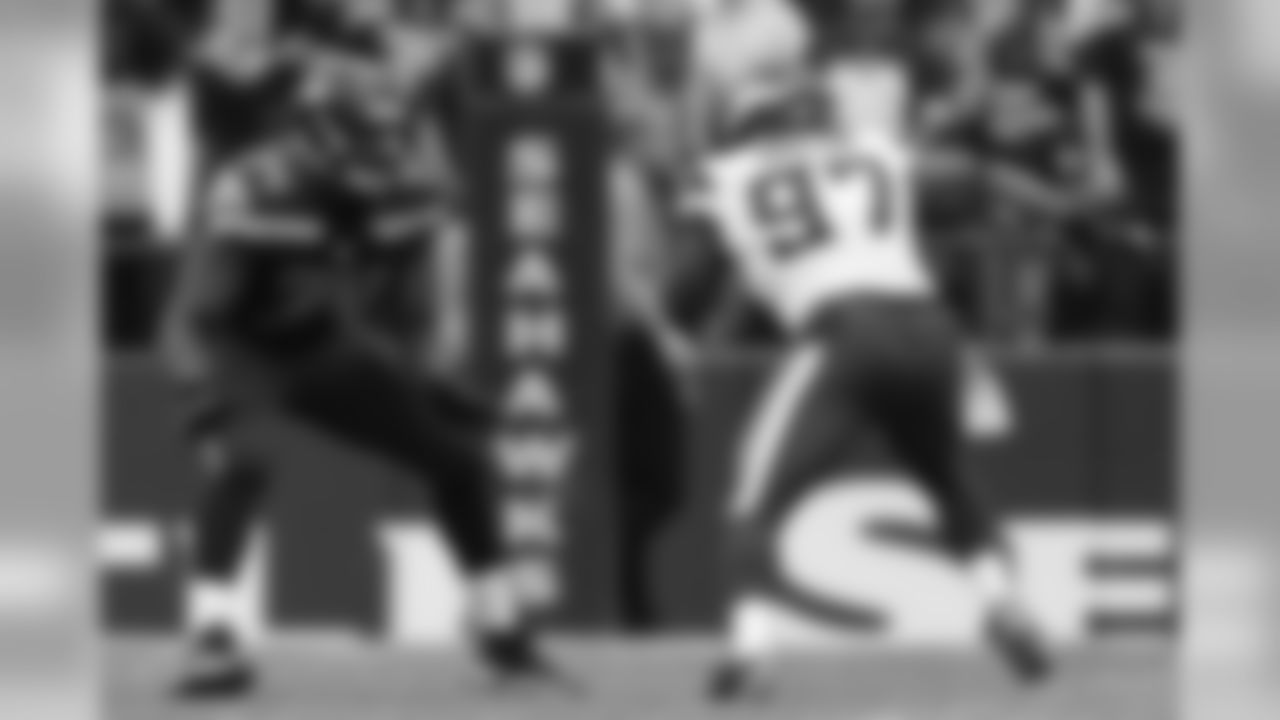
RDE Everson Griffen
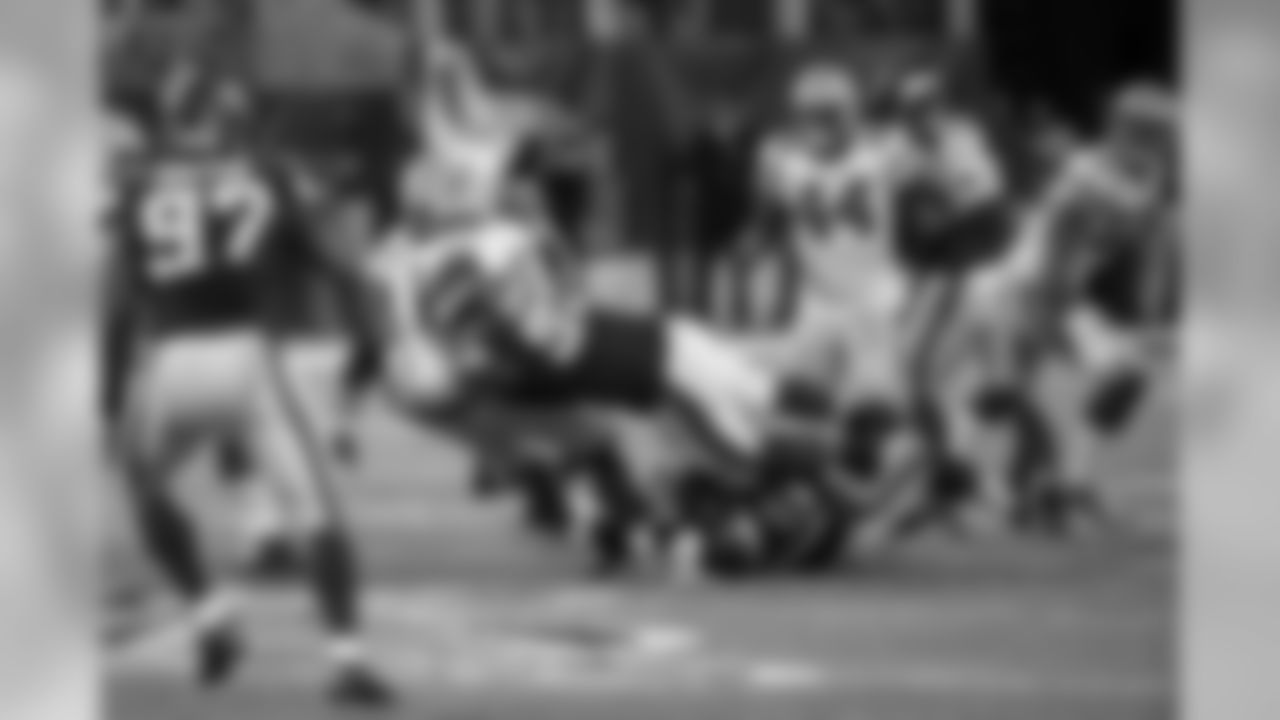
DT Tom Johnson

DT Tom Johnson
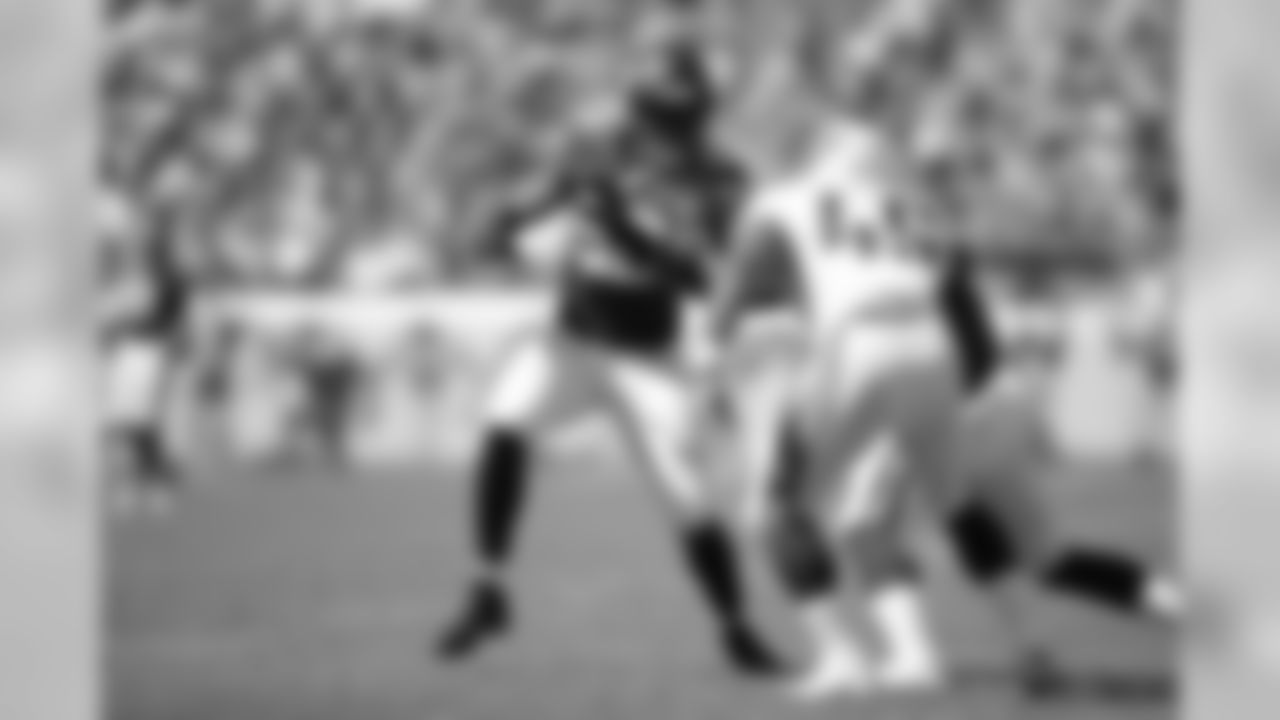
DT Tom Johnson
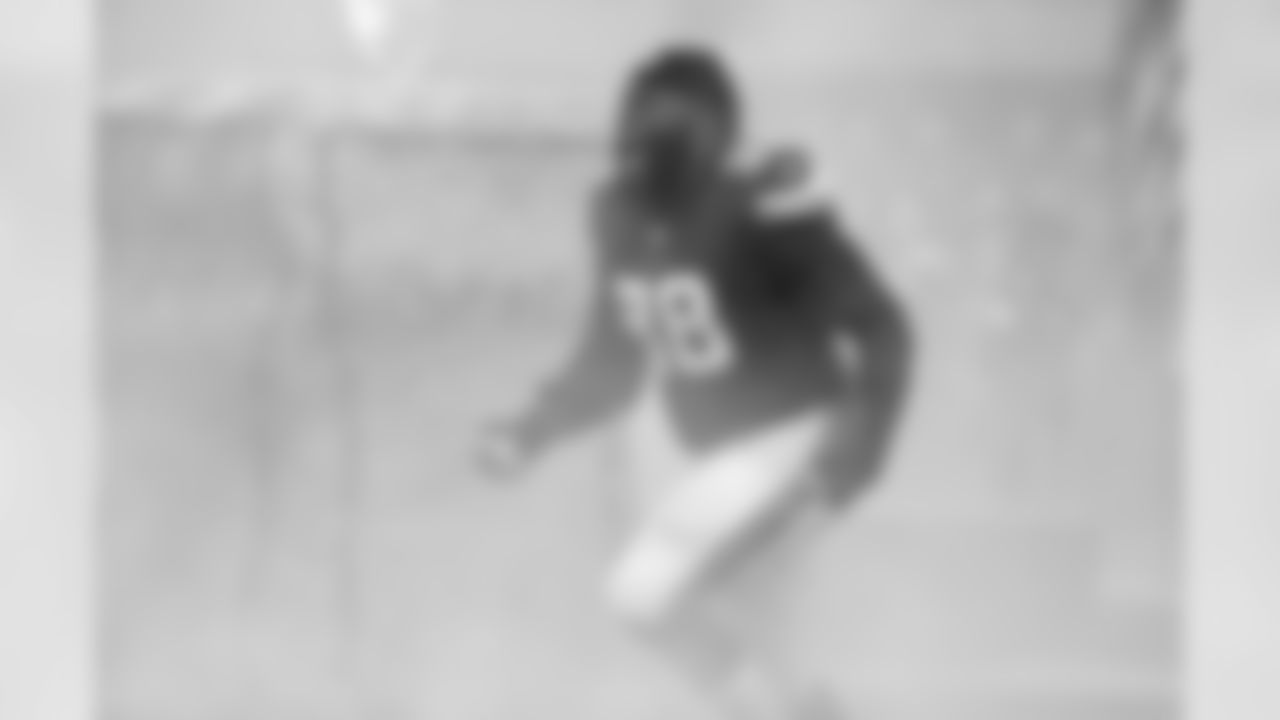
NT Linval Joseph
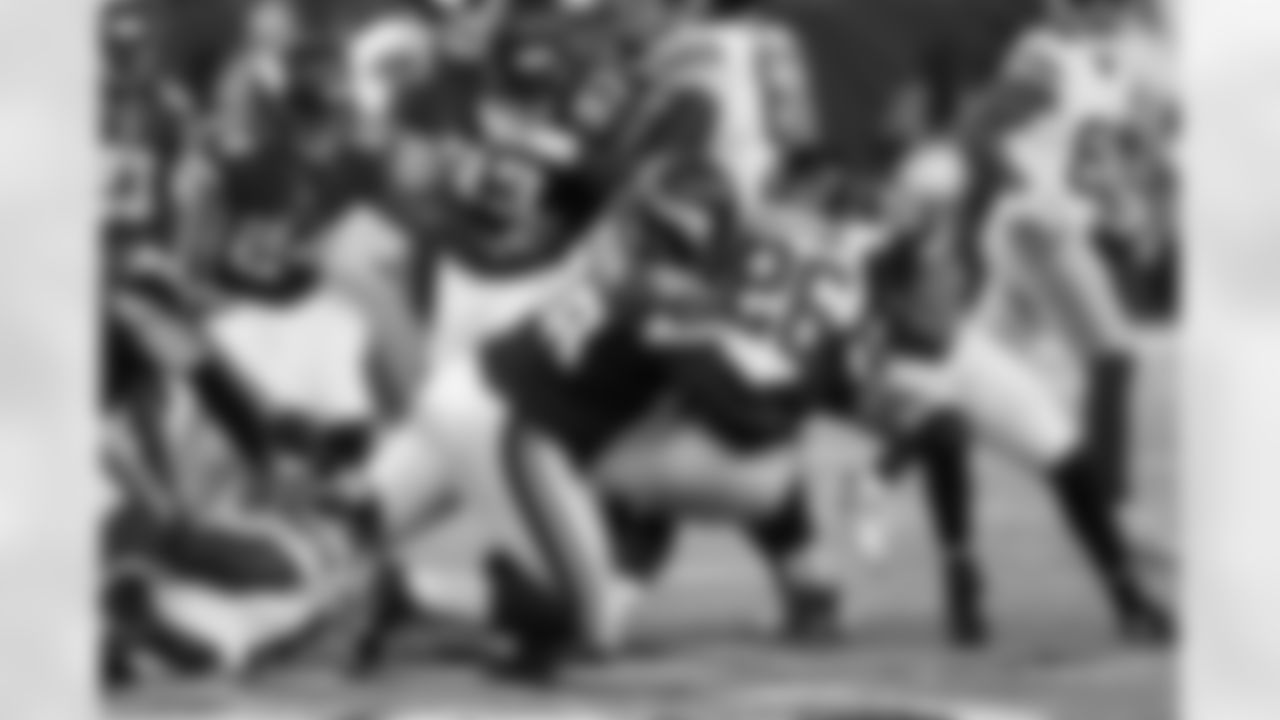
NT Linval Joseph

NT Linval Joseph
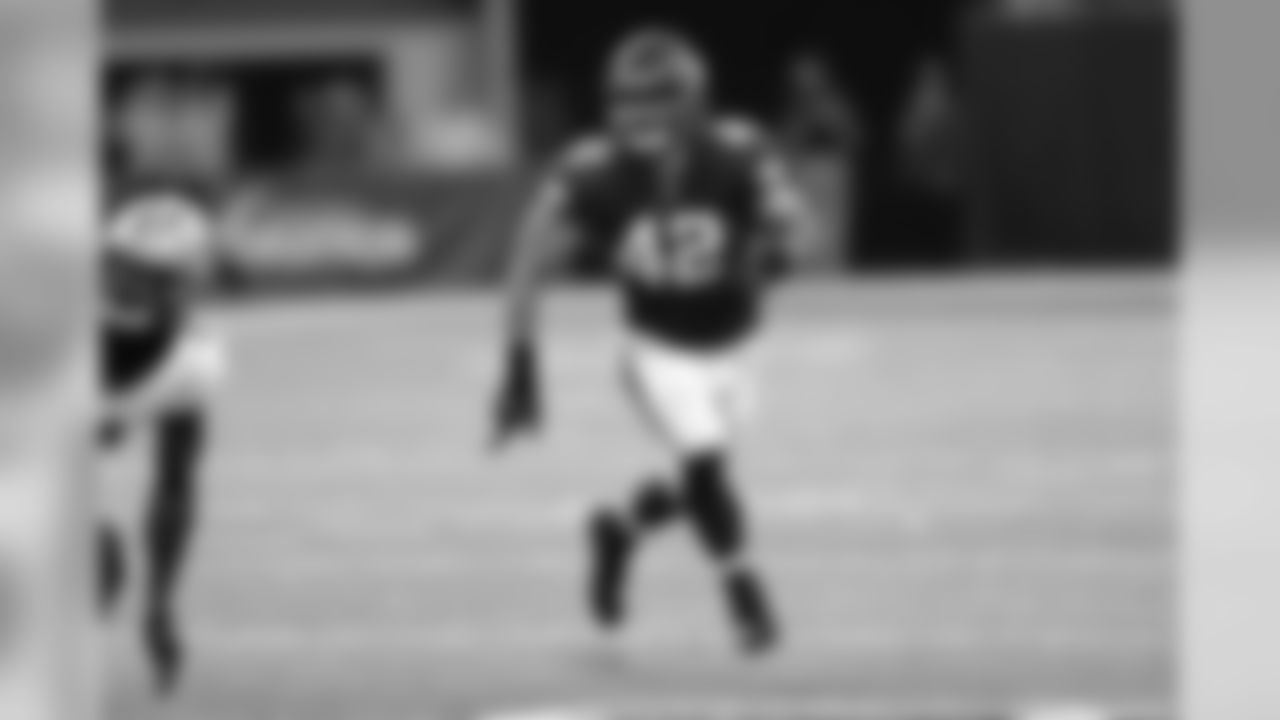
WLB Ben Gedeon

WLB Ben Gedeon

WLB Ben Gedeon
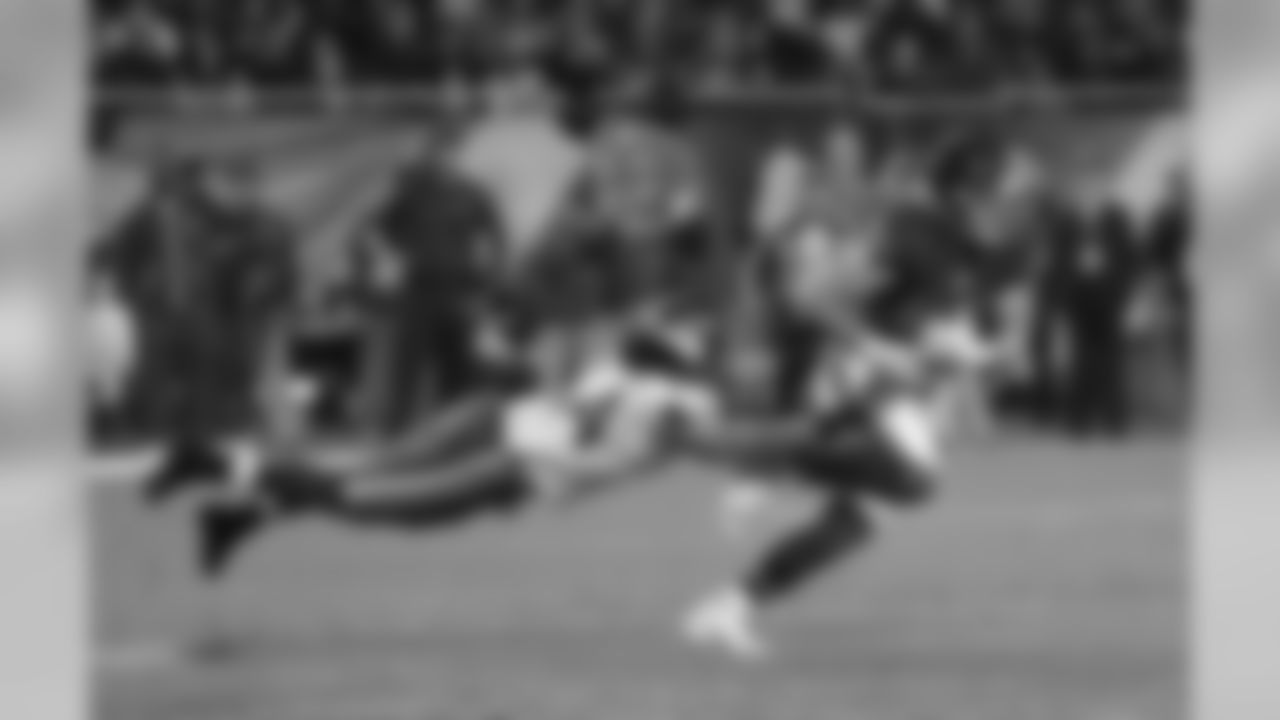
MLB Eric Kendricks
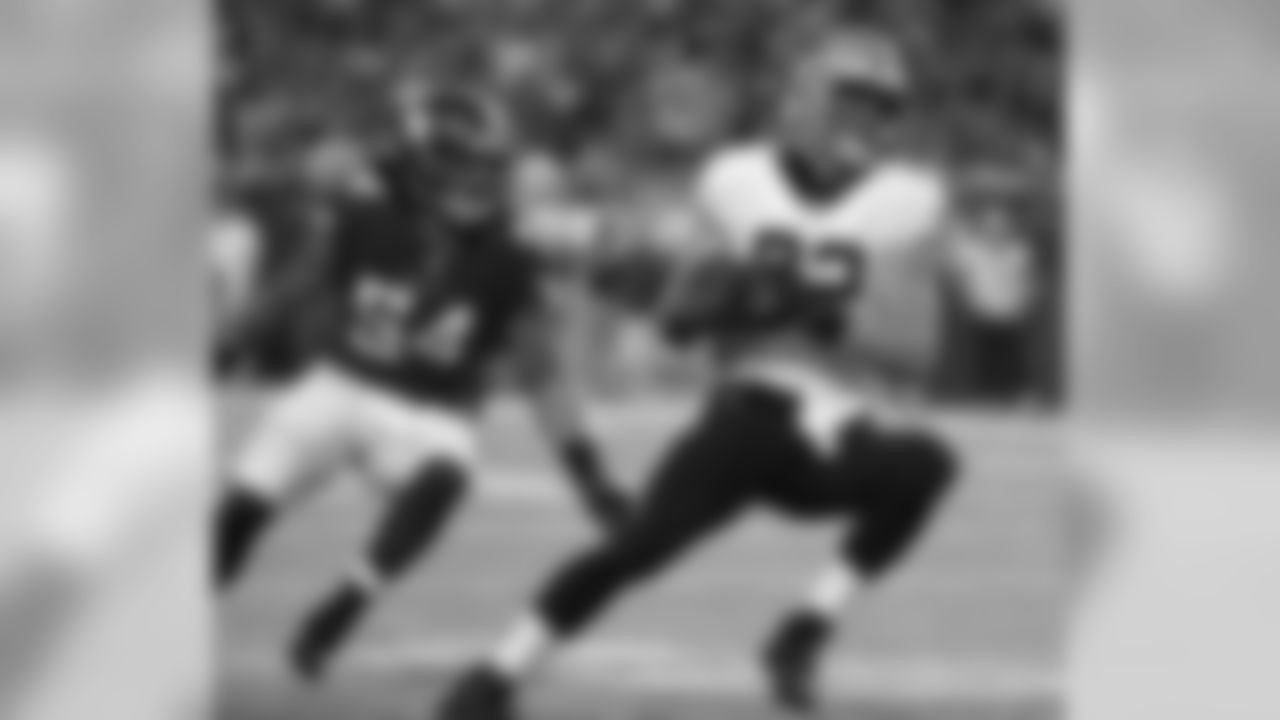
MLB Eric Kendricks

MLB Eric Kendricks
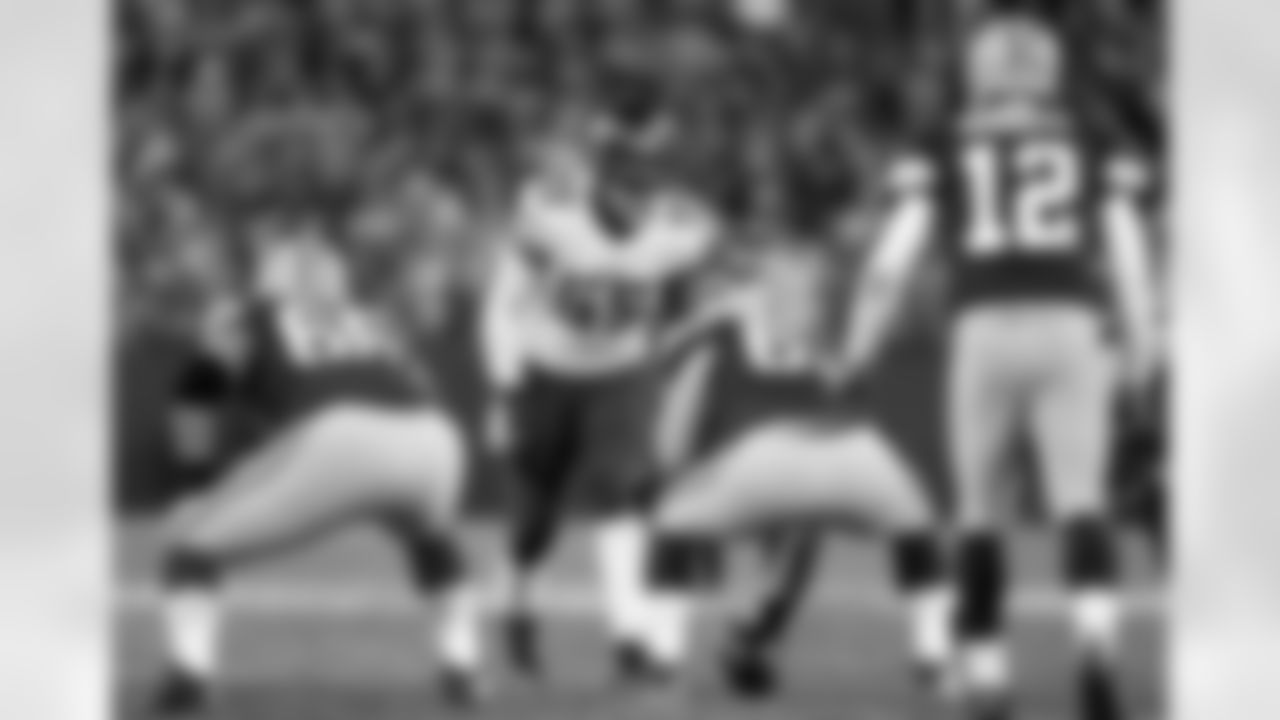
SLB Anthony Barr

SLB Anthony Barr

SLB Anthony Barr
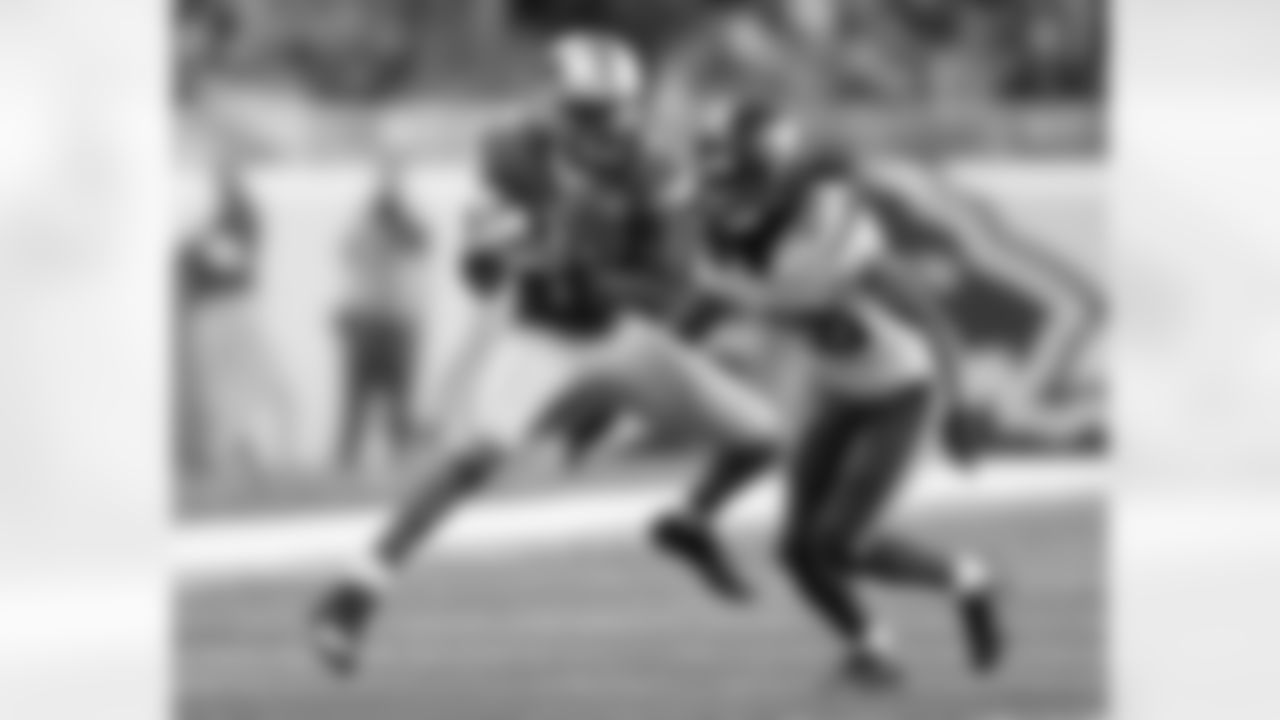
LCB Trae Waynes

LCB Trae Waynes
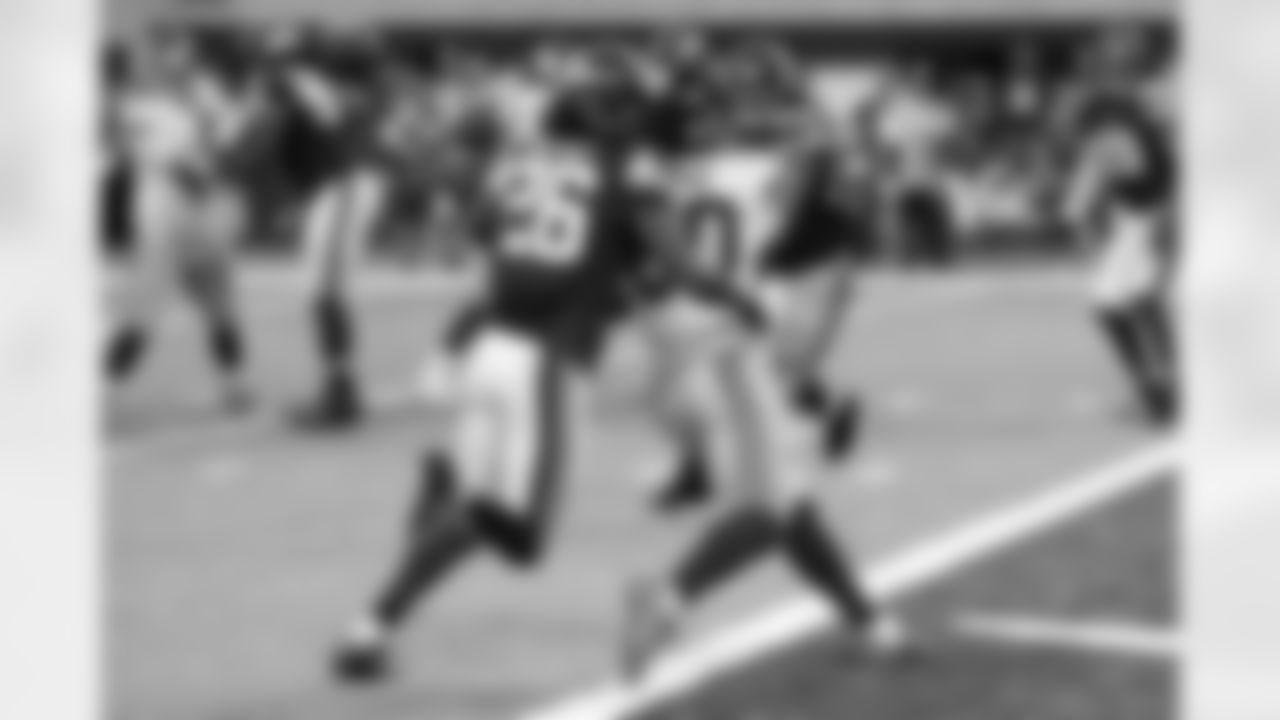
LCB Trae Waynes

RCB Xavier Rhodes

RCB Xavier Rhodes
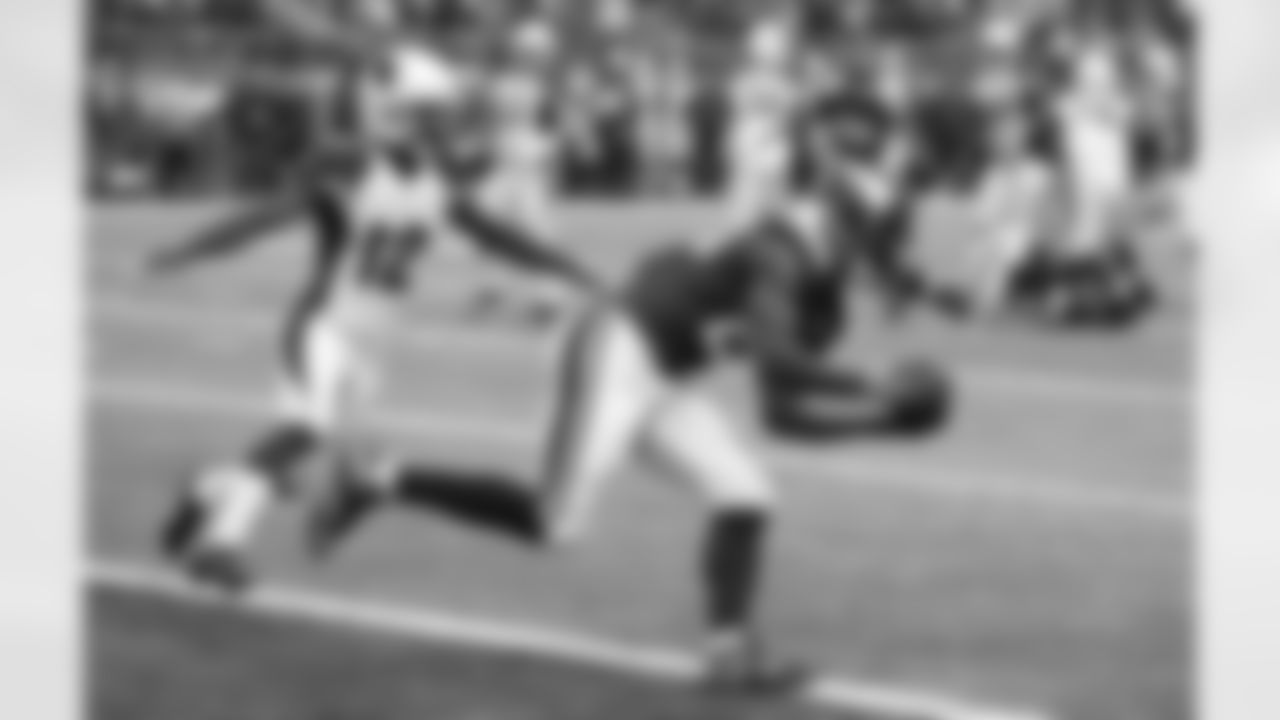
RCB Xavier Rhodes

SS Andrew Sendejo
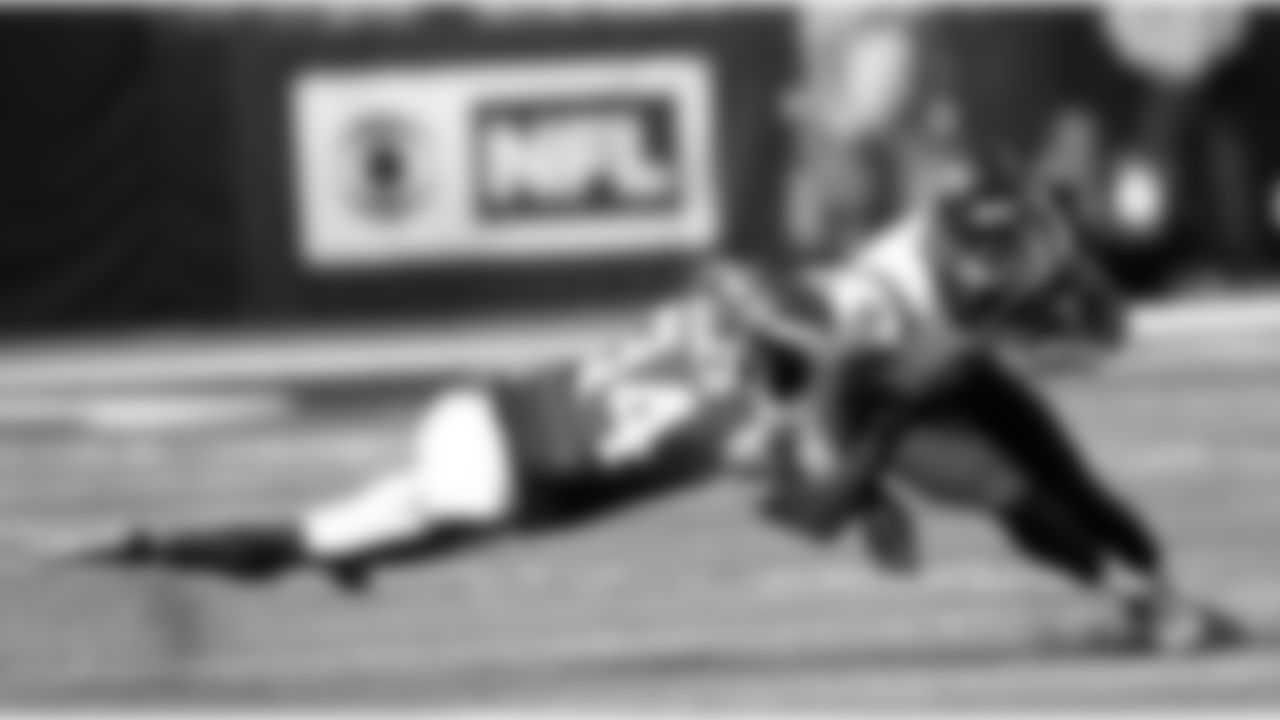
SS Andrew Sendejo

SS Andrew Sendejo

FS Harrison Smith

FS Harrison Smith
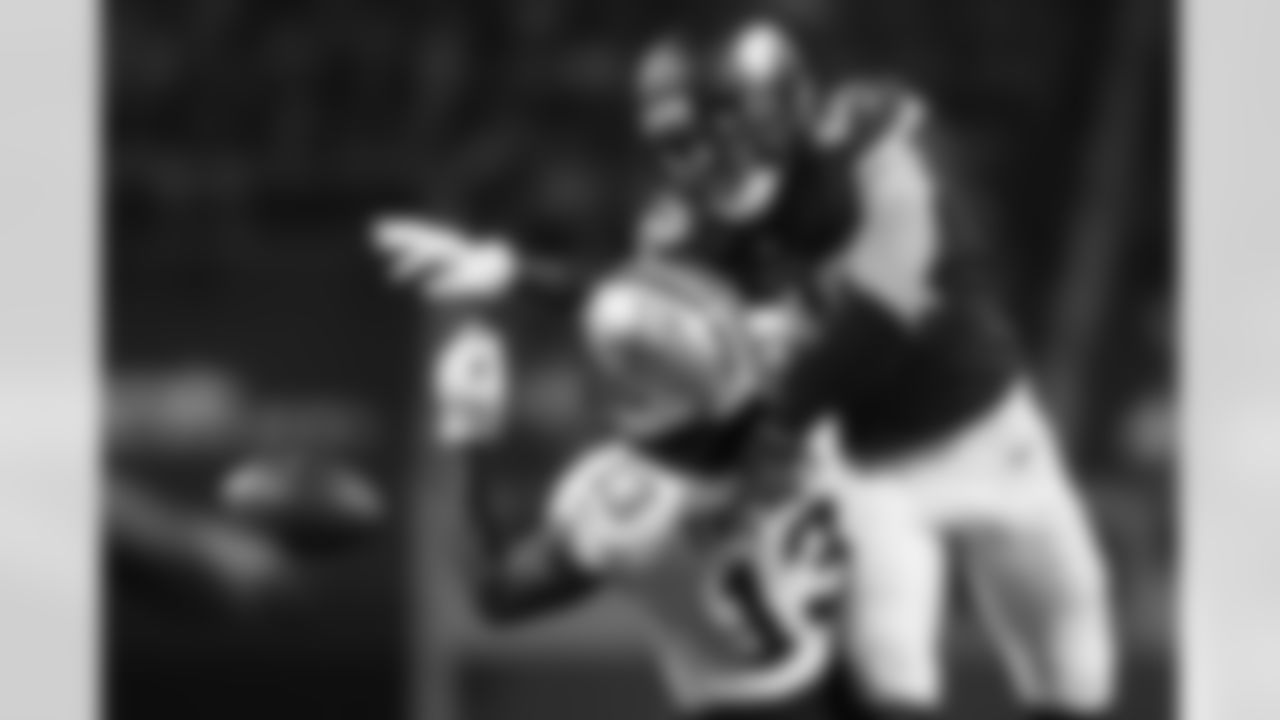
FS Harrison Smith
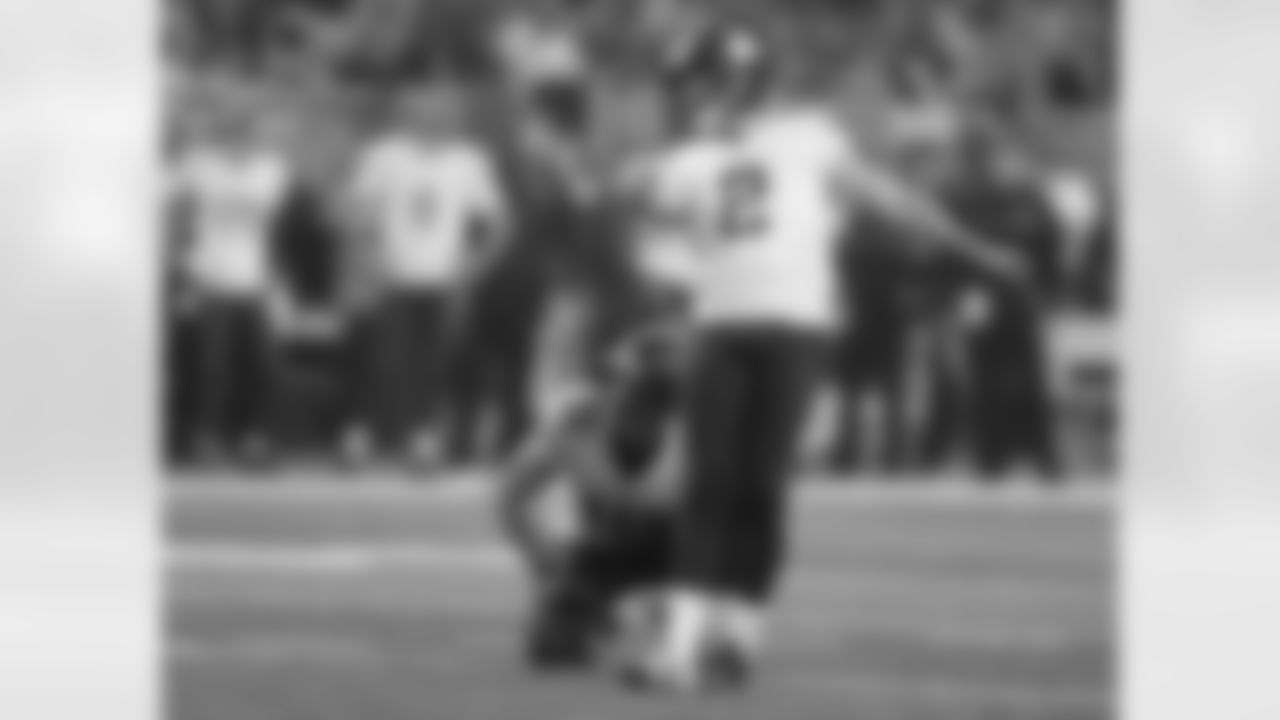
K Kai Forbath
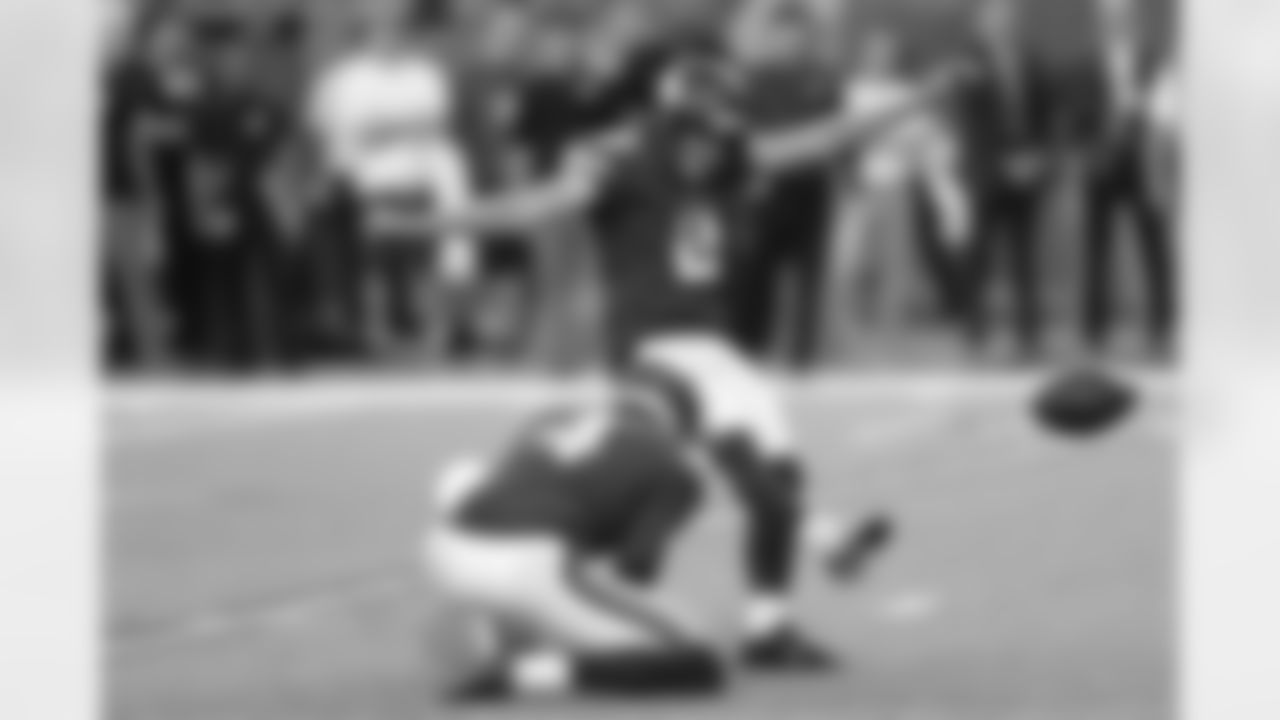
K Kai Forbath

K Kai Forbath

P Ryan Quigley

P Ryan Quigley

P Ryan Quigley

LS Kevin McDermott
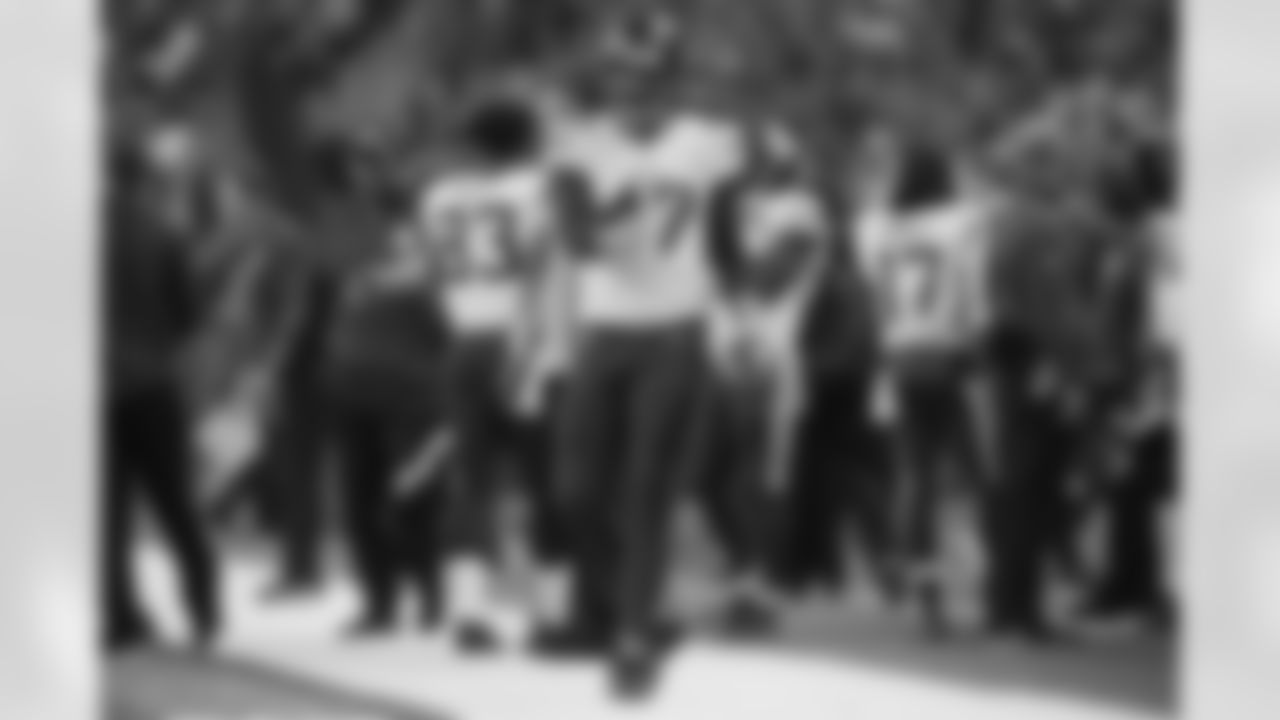
LS Kevin McDermott
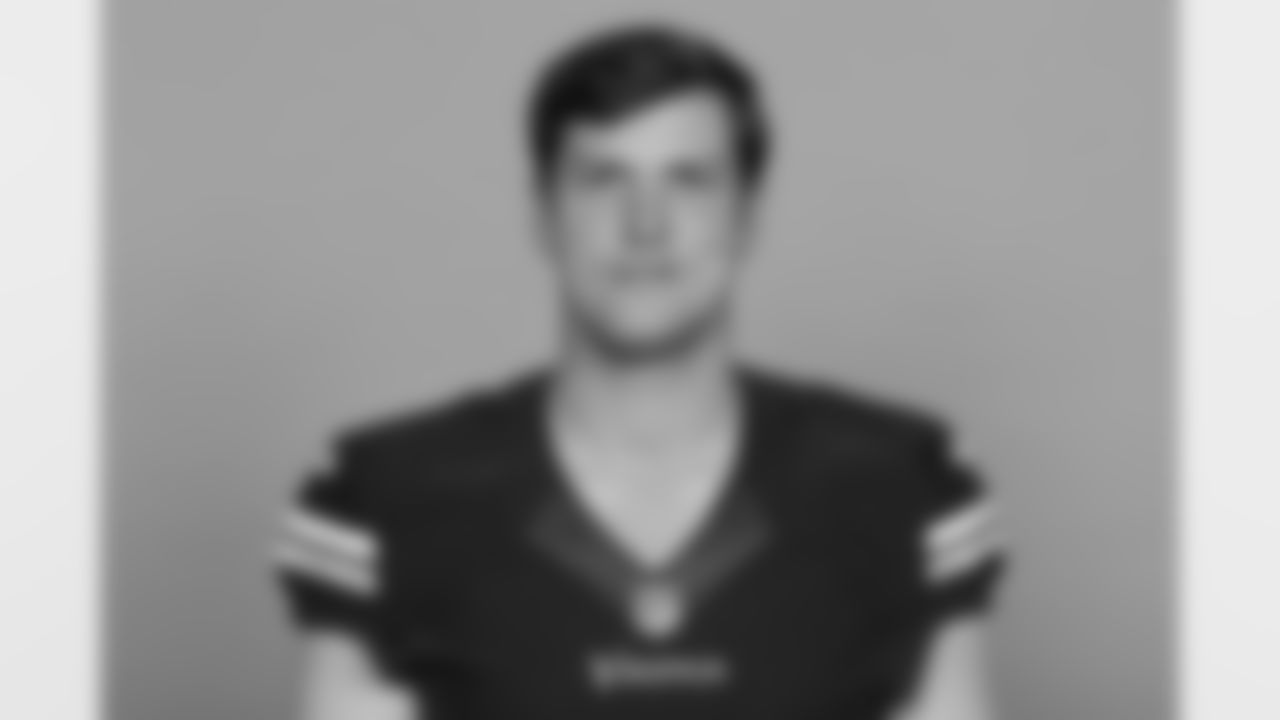
LS Kevin McDermott

KR Jerick McKinnon
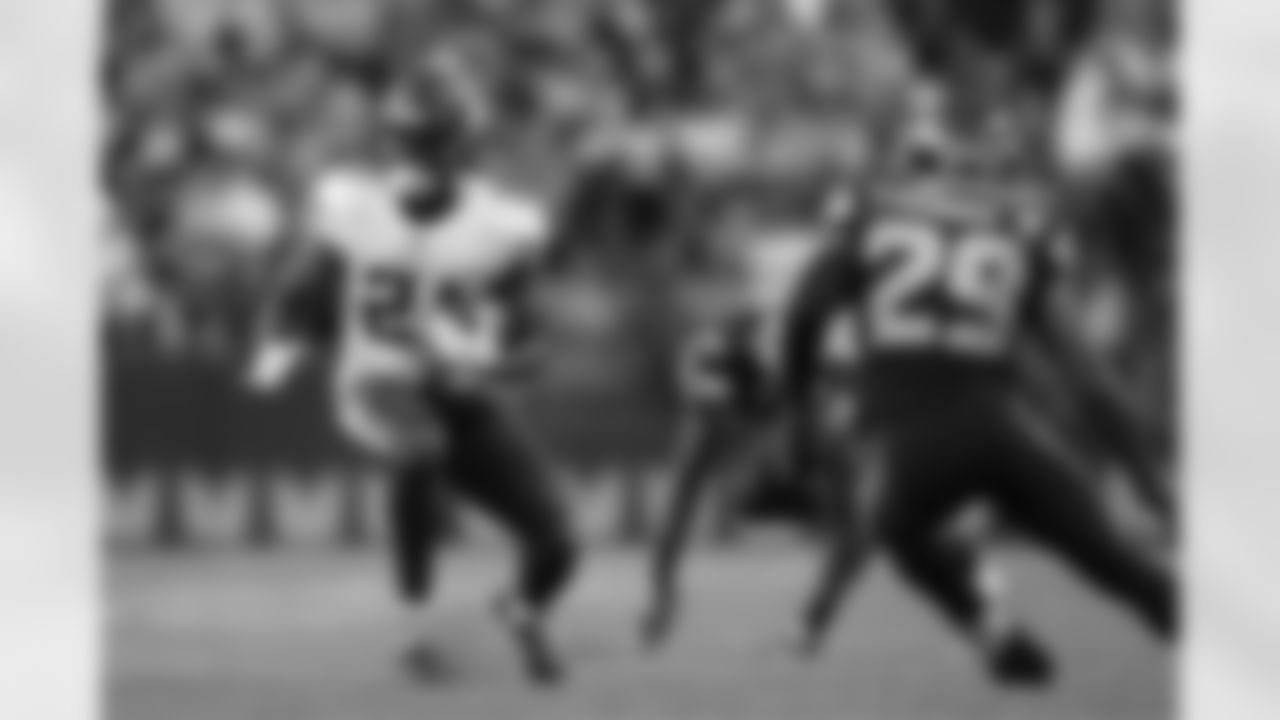
KR Jerick McKinnon

KR Jerick McKinnon
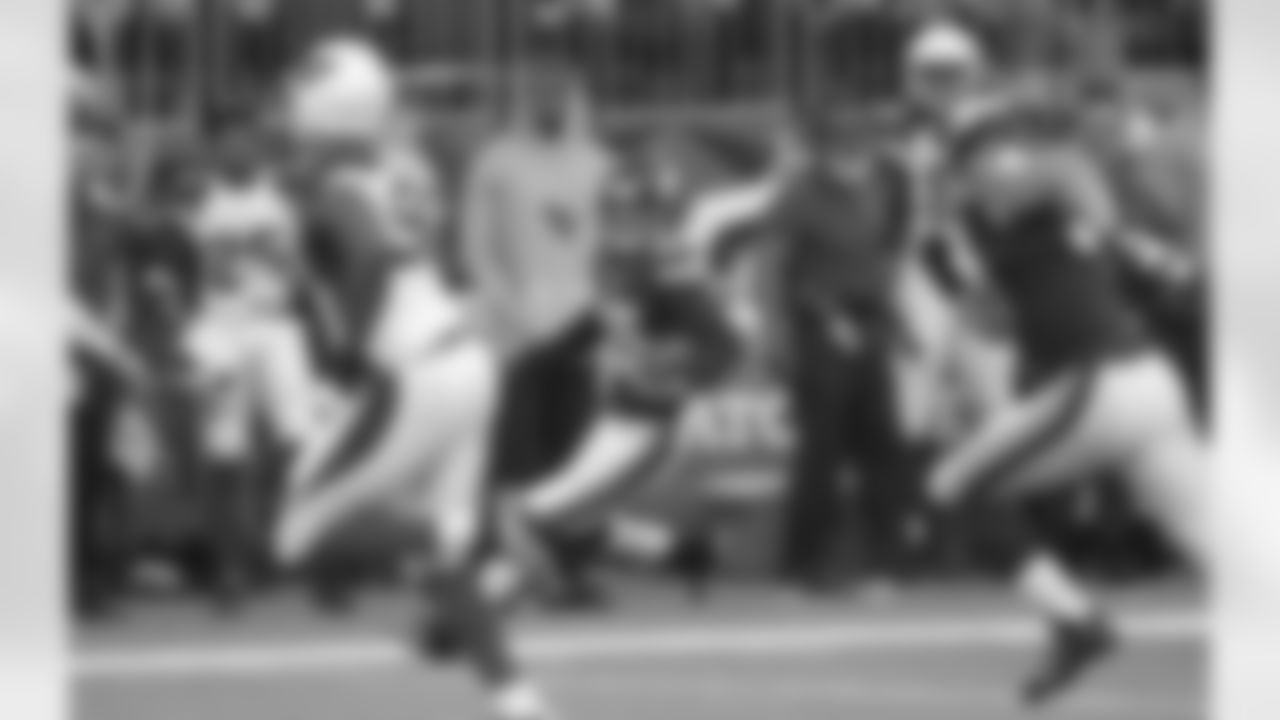
PR Marcus Sherels
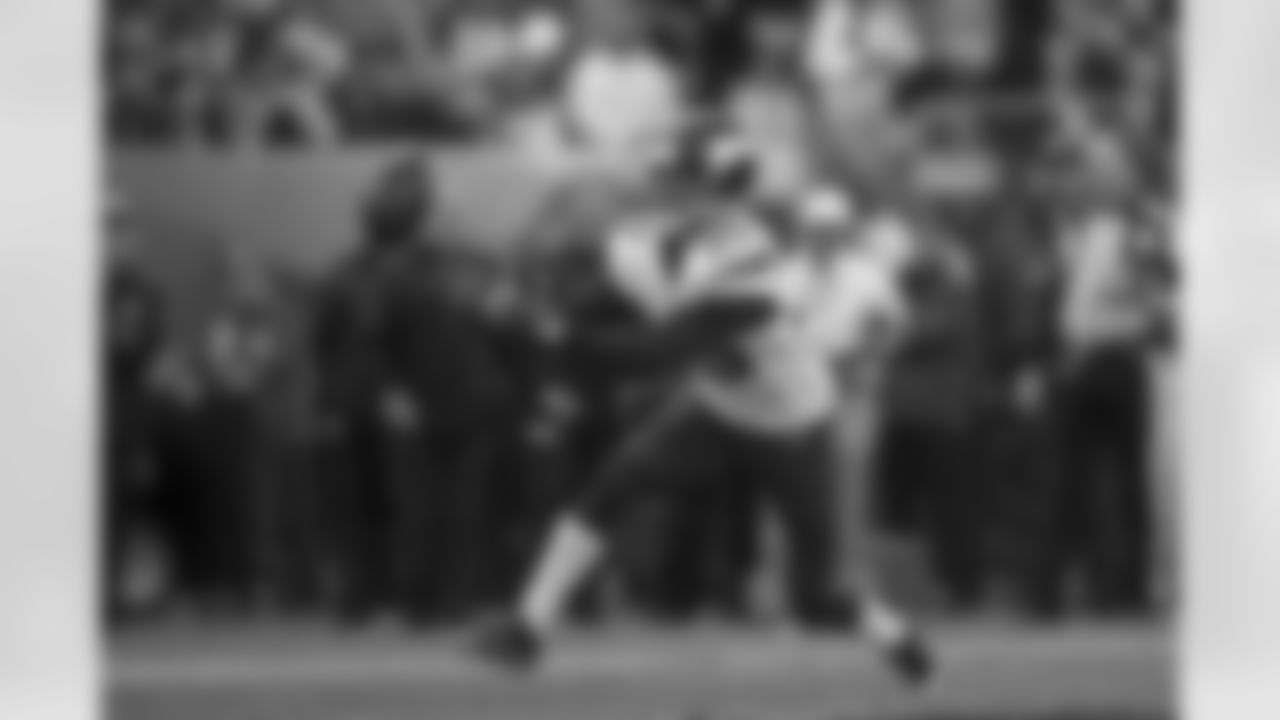
PR Marcus Sherels

PR Marcus Sherels
OFFENSE:** The Vikings' offense has had one very prolific outing and one in which it struggled, and that's unsurprising given the circumstances. Week One featured Bradford directing the attack in a home game against a porous New Orleans defense; Case Keenum took over in Week Two and had to face a strong Steelers team on the road. The Vikings racked up 470 yards and 29 points against the Saints but were limited to 237 yards and nine points in Pittsburgh.
Obviously, that would make Bradford's health a significant storyline for this week…although it should be noted that Keenum has previously tallied two wins against the Buccaneers for the Rams, and he has a career 118.8 passer rating versus Tampa Bay's defense. Still, the Vikings would surely like to get Bradford back under center after he torched the Saints for 346 yards, three touchdowns and no interceptions.
Bradford came to the Vikings in an 11th-hour trade from Philadelphia in 2016 after Bridgewater's injury, and he started the last 15 games. Under his direction, the Minnesota offense had a well-deserved reputation for emphasizing the short passing game; Bradford ranked last out of 30 qualifiers last season with an average of 9.82 yards per completion, even as he set the NFL's all-time single-season record with a 71.6% completion rate. The Vikings' 2017 opener, however, was nothing like that. Bradford still completed 84.4% of his passes (27 of 32) but he averaged 10.81 yards per attempt and had eight completions of 22 or more yards.
As such, the Vikings' offense has actually had a big-play element to it so far in 2017. Minnesota ranks first in the NFL in plays of 20 or more yards, with 14 of them. Bradford's passer rating on throws that travel more than 20 yards in the air is perfect: 158.3. However, that's actually not a new development. While he didn't throw downfield often in 2016, he did well when he got the chance, ranking fifth in the league with a passer rating of 128.7. The big-play receiver for the Vikings is Adam Thielen, who made it in the league as an undrafted rookie but had only 20 total catches in his first two years before exploding for a 69-967-5 line last year. After two weeks. Thielen ranks second to Pittsburgh star Antonio Brown with 201 receiving yards, and his career average of 14.1 yards per catch shows a receiver who can get downfield.
Thielen and Stefon Diggs have accounted for 23 of the 25 catches by wide receivers for the Vikings so far. Bradford and Keenum have kept reliable tight end Kyle Rudolph involved (seven catches and a touchdown), but much of the rest of the offense has run through rookie tailback Dalvin Cook. The former Florida State star has averaged about 20 touches a game through two outings and ranks third in the NFL with 191 rushing yards. He has been part of that big-play explosion, pitching in with three carries of more than 20 yards already. He's also been stopped for a loss nine times in 34 carries, but that hasn't kept him from averaging 5.6 yards per tote. Jerick McKinnon has been hanging around doing a little bit of everything for the Vikings for four seasons (see the special teams section below) and he's got six carries and six receptions already this season.
The Vikings clearly felt the need to reshape their offensive line in 2017. Gone are five players who combined to make 44 O-Line starts for the team last year: T.J. Clemmings, Matt Kalil, Alex Boone, Andre Smith and Brandon Fusco. Riley Reiff was signed from the Lions to play left tackle while Mike Remmers was signed from the Panthers to play right tackle. Pat Elflein, the team's third-round pick, won the job at center, with Joe Berger moving to right guard. Nick Easton, who started five games last year, has replaced Boone at left guard. The results have been promising so far, with the Vikings averaging 4.4 yards per carry and Bradford and Keenum only taking three sacks between them.
Minnesota's offense has done a good job of converting third downs so far, ranking seventh in the NFL with a success rate of 48.3%. However, they've been more of a quick-strike offense than a grind-it-out attack so far. The Vikings have only one five minute drive so far this season, tied for 26th in the league, but have seven possessions in which they've scored in fewer than four plays, tied for fifth in the league.
**
DEFENSE:** Another plus for Minnesota's offense through two games: Only one turnover, that on a fumble. Even with the quarterback upheaval, the Vikings have yet to throw a pick.
However, Minnesota is still -1 in the turnover ratio department because the Vikings defense has yet to record a takeaway. The Vikings and their Week One foe, New Orleans, are the only two teams that have already played two games and have not yet secured a turnover. That comes as a surprise in Minnesota's case, and frankly it's probably a small-sample fluke. With largely the same personnel, the Vikings' defense forced 27 turnovers last year, which was tied for the seventh-most in the NFL. Standout cornerbacks Xavier Rhodes and Trae Waynes combined for eight interceptions last year and Pro Bowl defensive end Everson Griffin forced two fumbles and recovered three more.
The Vikings defense sent five players to the Pro Bowl last year and has star-caliber performers on every level. In addition to Griffin (eight sacks) and Linval Joseph (four sacks, three forced fumbles), the Minnesota defensive line boasts a pass-rusher with 12.5 QB takedowns last year. That would be Danielle Hunter, who not only wasn't selected for the Pro Bowl but also didn't even start a single game for the Vikings. He's a starter now, and those three plus defensive tackle Tom Johnson give Minnesota one of the best defensive lines in the league. The Vikings have recorded only three sacks so far, all by Griffen, but they are holding opposing ballcarriers to 3.1 yards per carry.
The linebacking corps in the Vikings' 4-3 front also has a pair of 2016 Pro Bowlers in Eric Kendricks and Anthony Barr. Kendricks led the team in tackles last year with 109 and also pitched in with 2.5 sacks, an interception and nine passes defensed. Barr, who Buccaneer fans may remember for his game-winning fumble return for a touchdown in overtime at Raymond James Stadium in 2014, probably had a stronger year in 2015 than 2016 but is still a threat to make plays all over the field. He had 9.5 sacks and 14 passes defensed in his first three seasons.
Rhodes and strong safety Harrison Smith were the two Pro Bowlers in Minnesota's secondary last year; Smith has been to the past two all-star games. Both are former first-round picks who have lived up to that draft status. Smith is another part of the Vikings' great rush defense, and while he's considered one of the best run-stopping safeties in the league he also had a five-interception campaign in 2014. Rhodes also had a five-pick season – just last year in fact, which included one he returned 100 yards for a touchdown. At 6-2, 210 pounds, Rhodes is an obvious choice to attempt to shadow Tampa Bay's 6-5 Pro Bowl receiver, Mike Evans.
While Minnesota's offense has racked up the big plays, the Vikings defense has been just as good at stopping them, especially on the ground. The Vikings have allowed only one run of 10 or more yards, and none of 20 or more. Minnesota's opponents have hit on five completions of 20+-yards but not many intermediate-range shots. The Vikings have allowed only 19 plays of 10 or more yards, tied for the fifth-lowest in the NFL.
On the other hand, and also in contrast to what Minnesota has done on offense, the Vikings' foes have been able to sustain drives. The Vikings have already allowed five possessions that lasted five or more minutes, which ties for the third-most in the league. Despite that strong defense, Minnesota has given up a lot of yardage on first-down plays, ranking second-to-last in the NFL with an average of 7.36 yards allowed on that down. Minnesota's talented secondary hasn't stopped its opponents from posting a combined 104.7 passer rating. To be fair, the Vikings have faced a pair of all-star passers in Drew Brees and Ben Roethlisberger.
SPECIAL TEAMS: The Vikings have made some significant changes to their core special-teamers in the last 10 months and are getting mostly good results out of them.
Midway through November of last year the Vikings finally parted ways with struggling kicker Blair Walsh, replacing him with Kai Forbath, who went to training camp with the Buccaneers in 2012. Since signing with the Vikings, Forbath has made all 19 of his field goal tires, including four this season. However, he missed three extra points last year and has already misfired on two of four PATs this season.
The Vikings' punter in 2016, Jeff Locke, finished second-to-last among qualifying punters with a 42.6-yard gross average, so the Vikings went in a new direction this year, signing Ryan Quigley in April. Quigley last punted for the Cardinals but was released in midseason last fall. So far, the new Minnesota punter has an unusual line, in that his net average (44.0) is actually better than his gross average (43.9). That's the result of hitting no touchbacks (while dropping four inside the 20) and having a coverage team that has held opposing returners to -1 yards on three tries.
Indeed, the return game has been a healthy win for the Vikings so far. Marcus Sherels has averaged 7.7 yards per punt return while Jerick McKinnon, replacing Pro Bowl kickoff returner Cordarrelle Patterson, has averaged 26.7 yards per runback. Vikings cover teams, meanwhile, have only allowed an average of 20.4 yards per kickoff return.





















